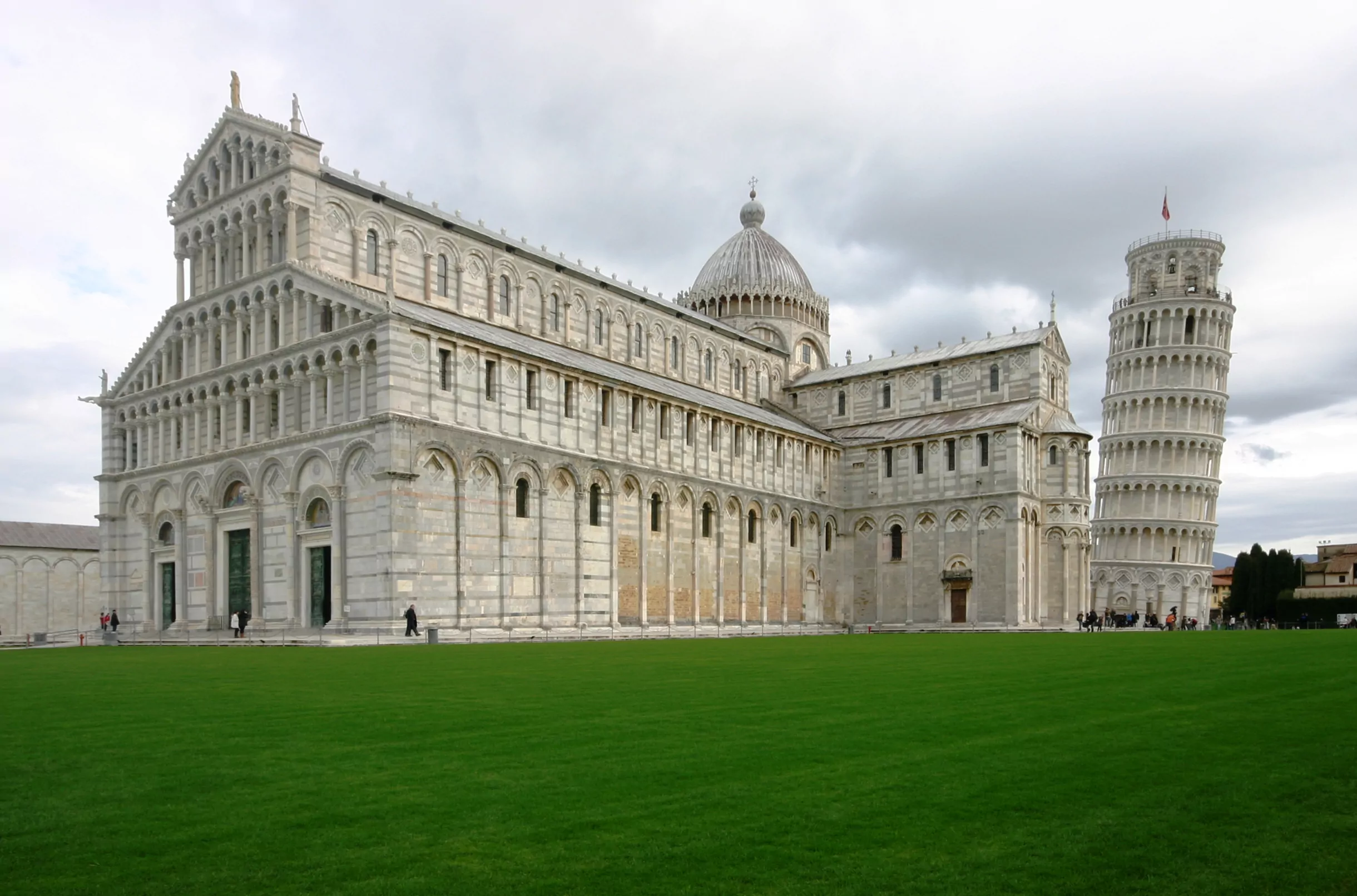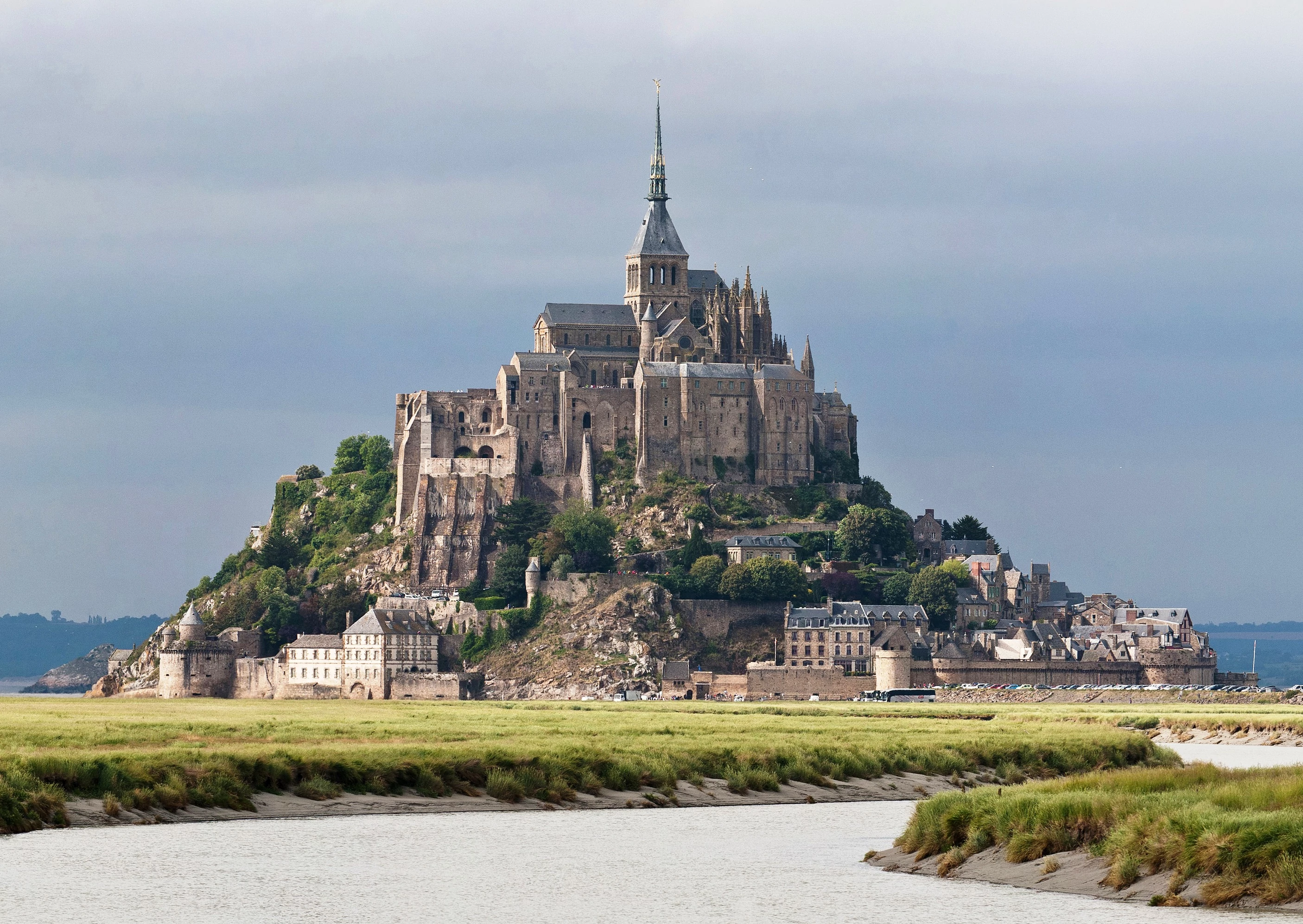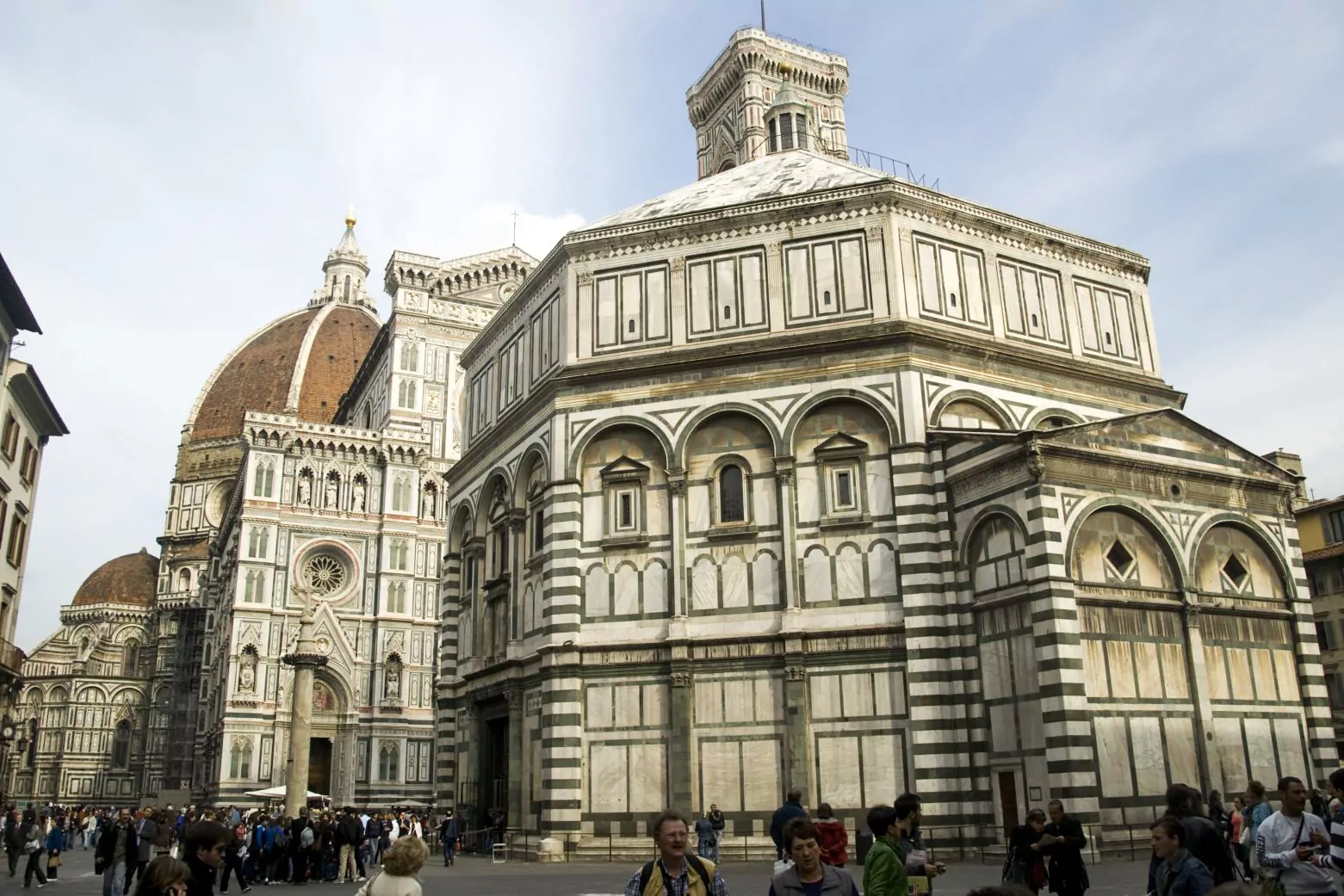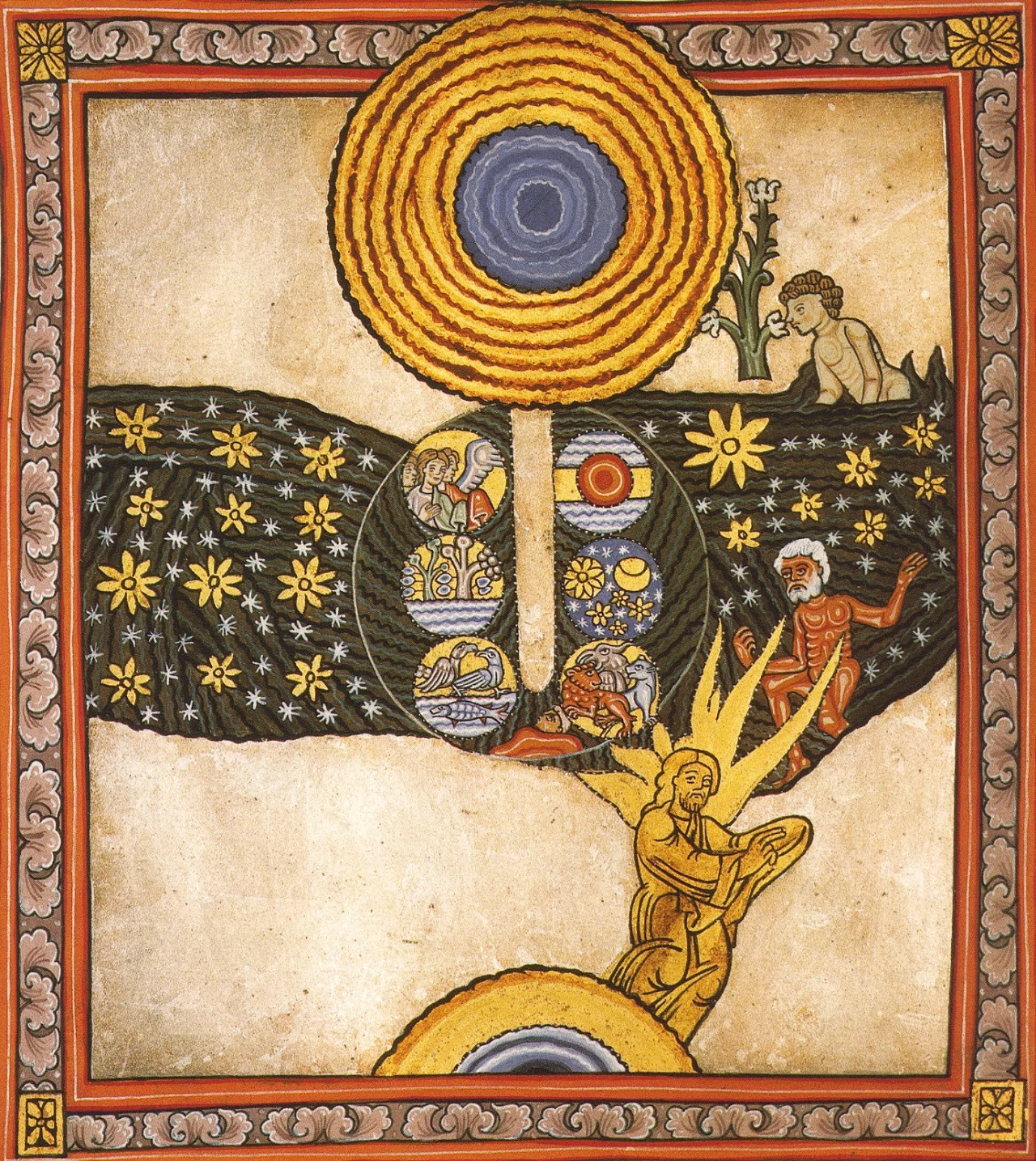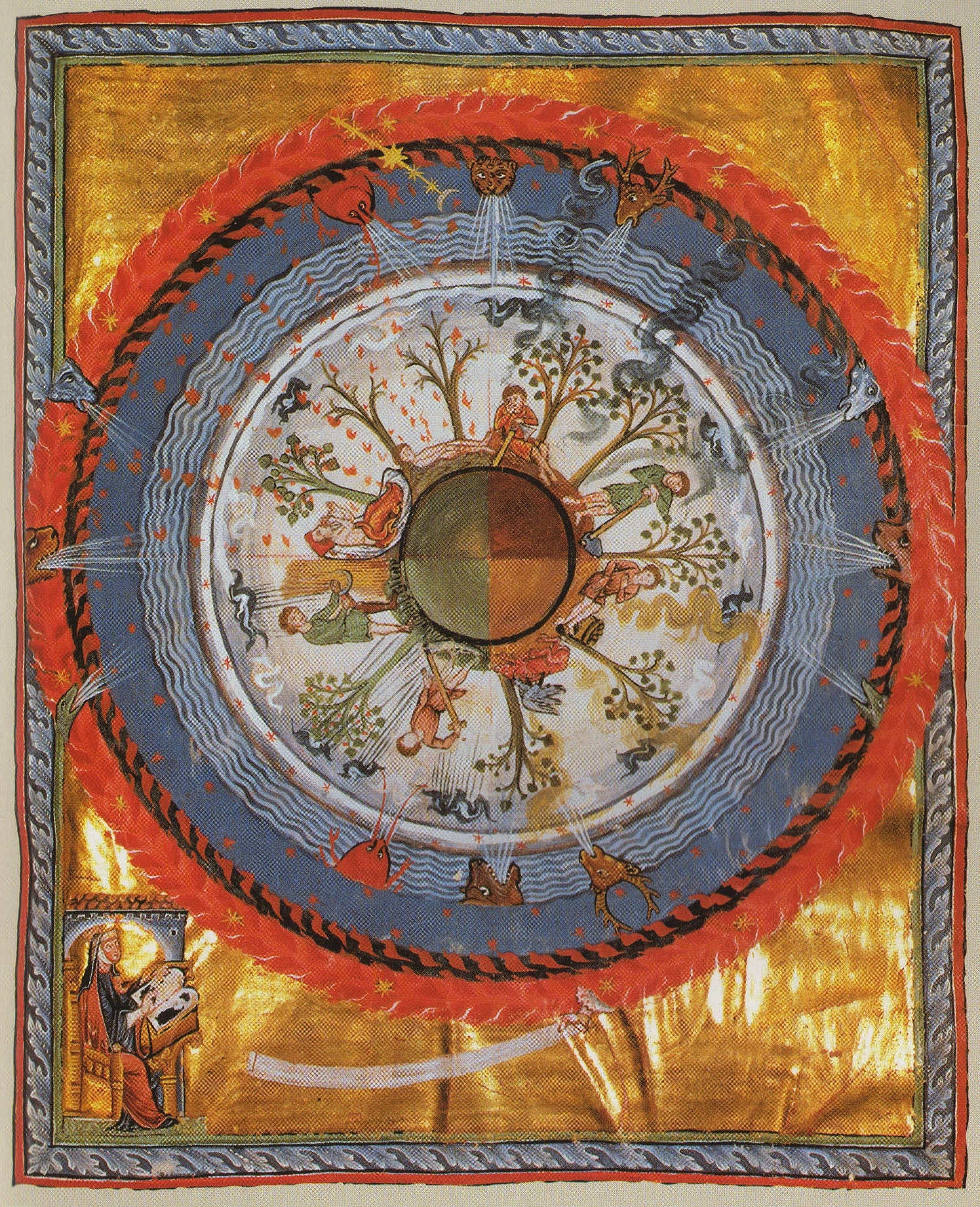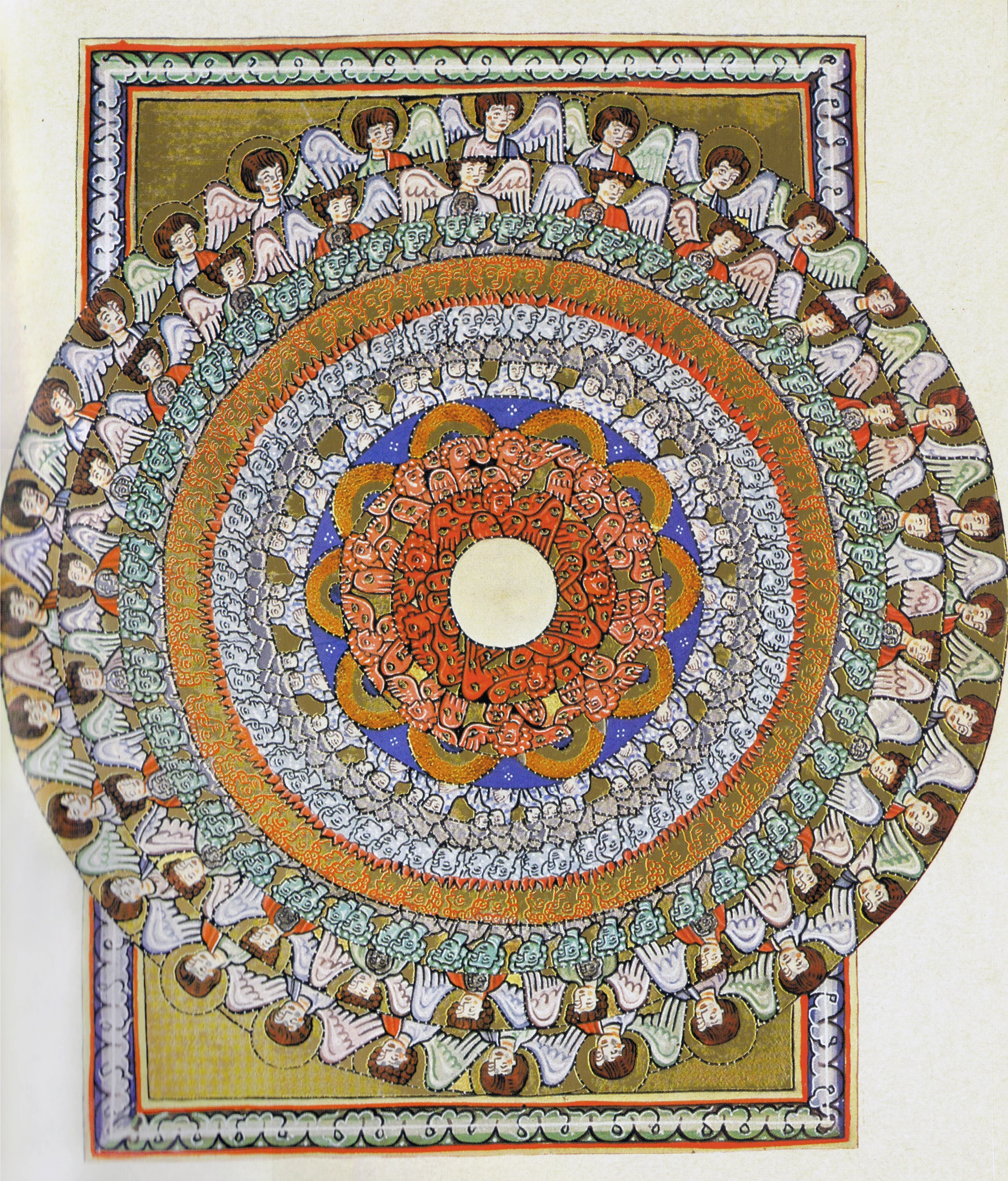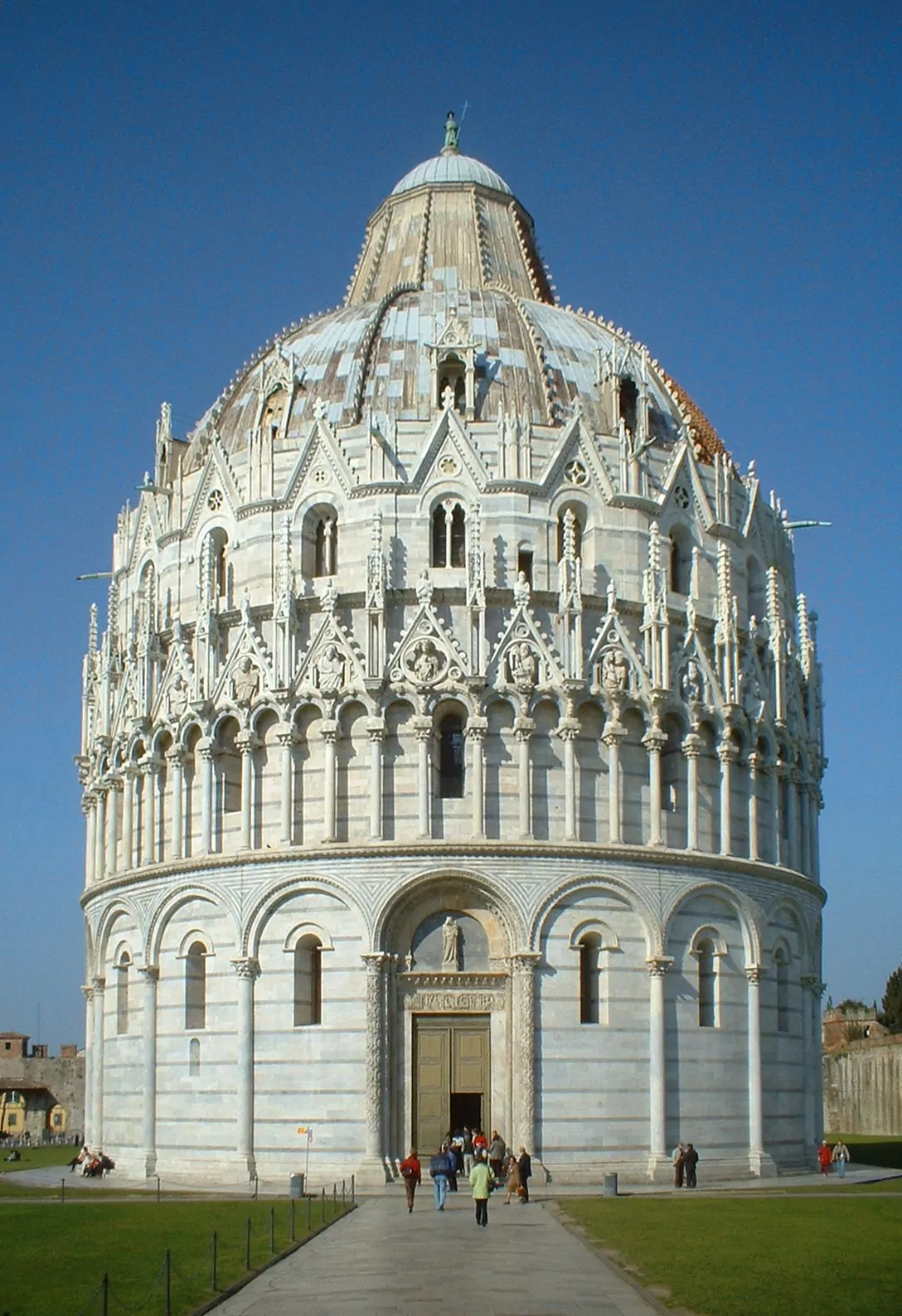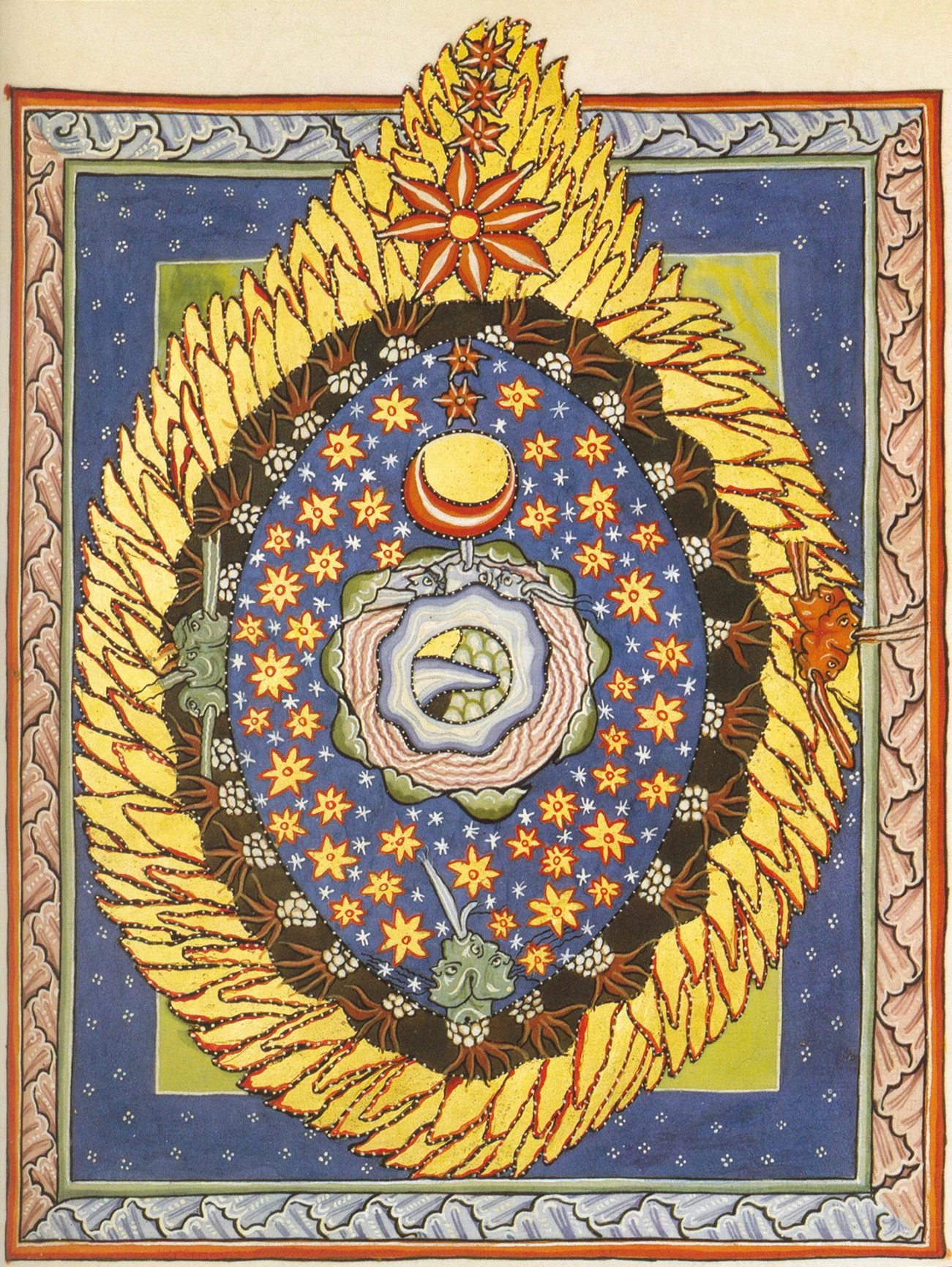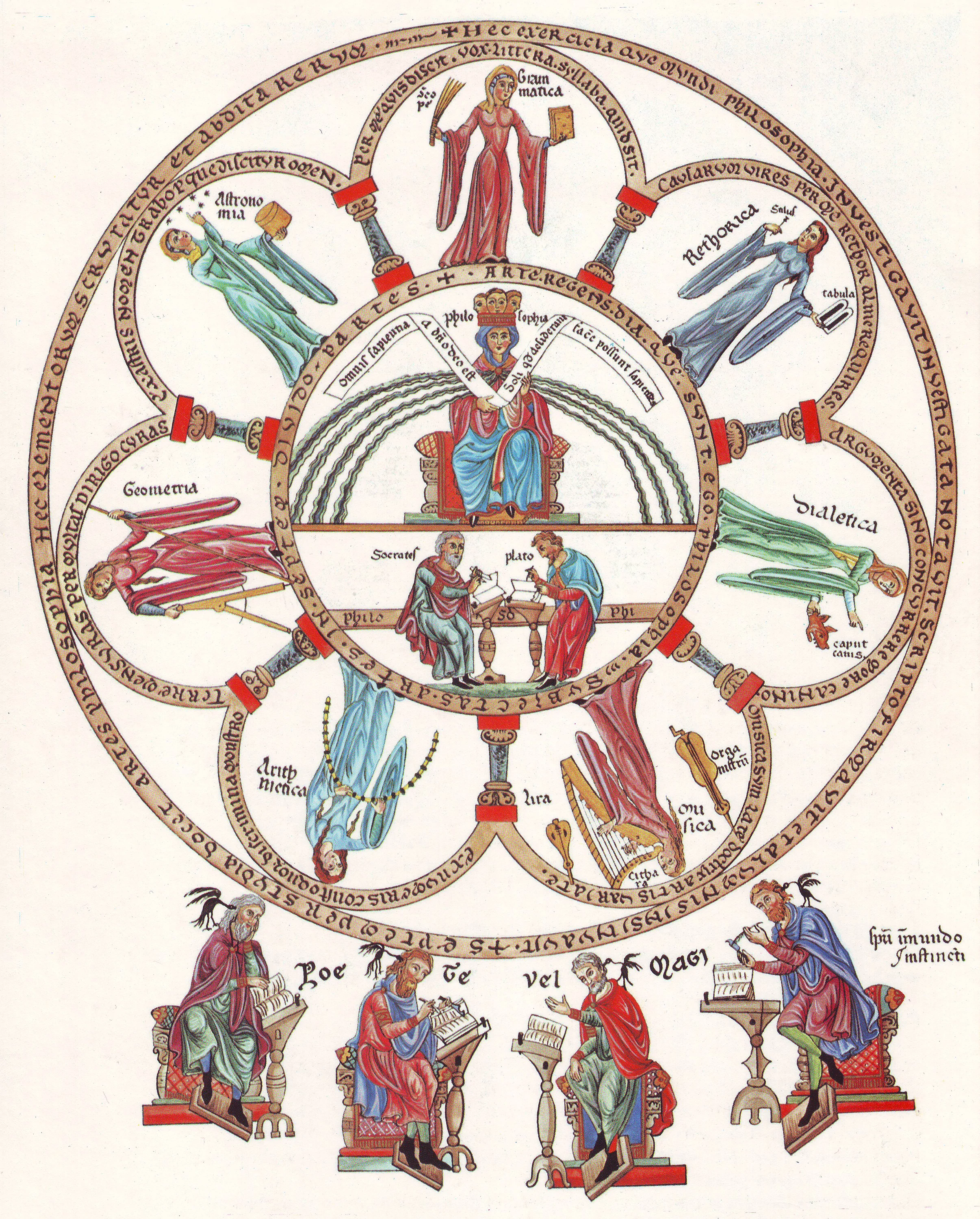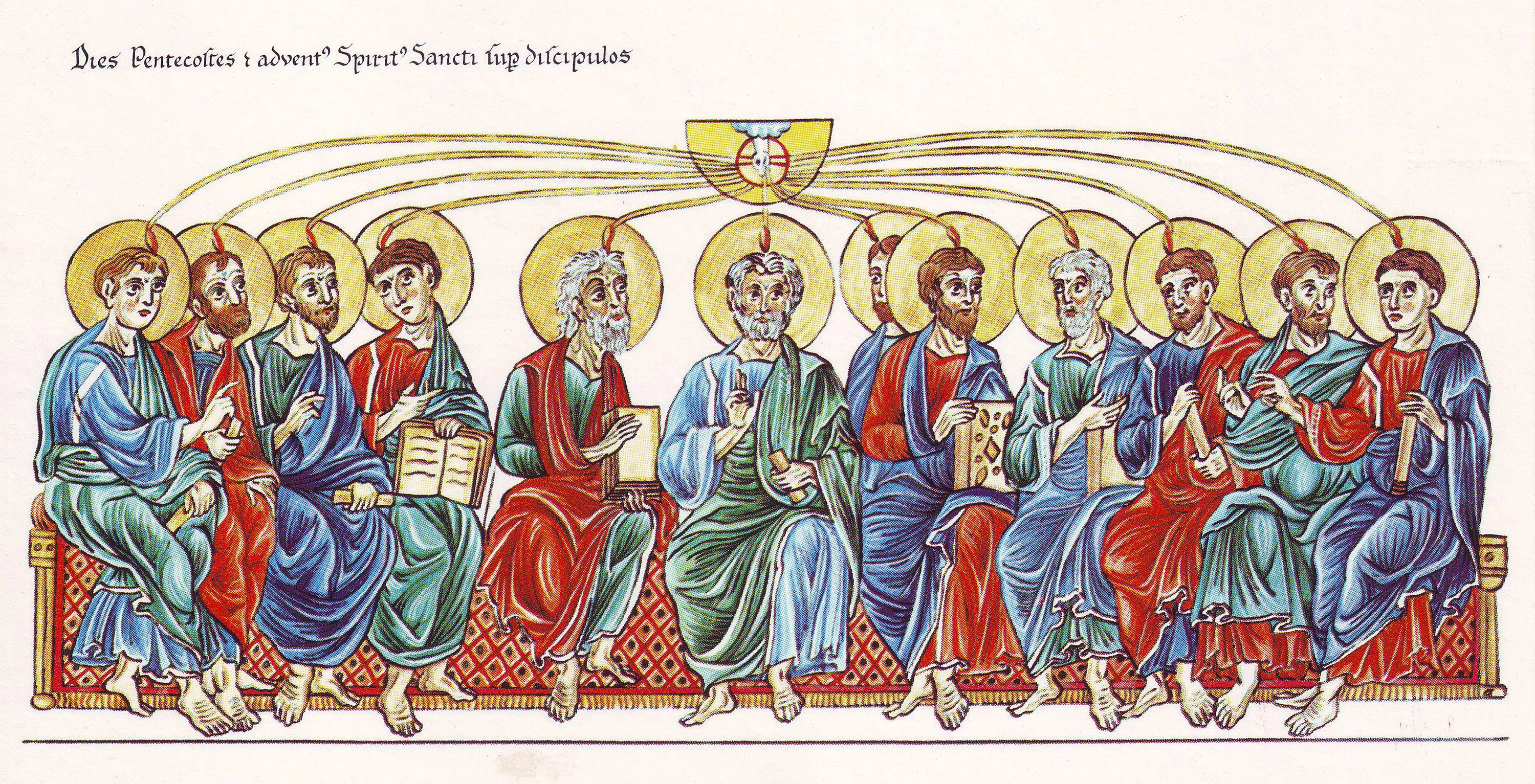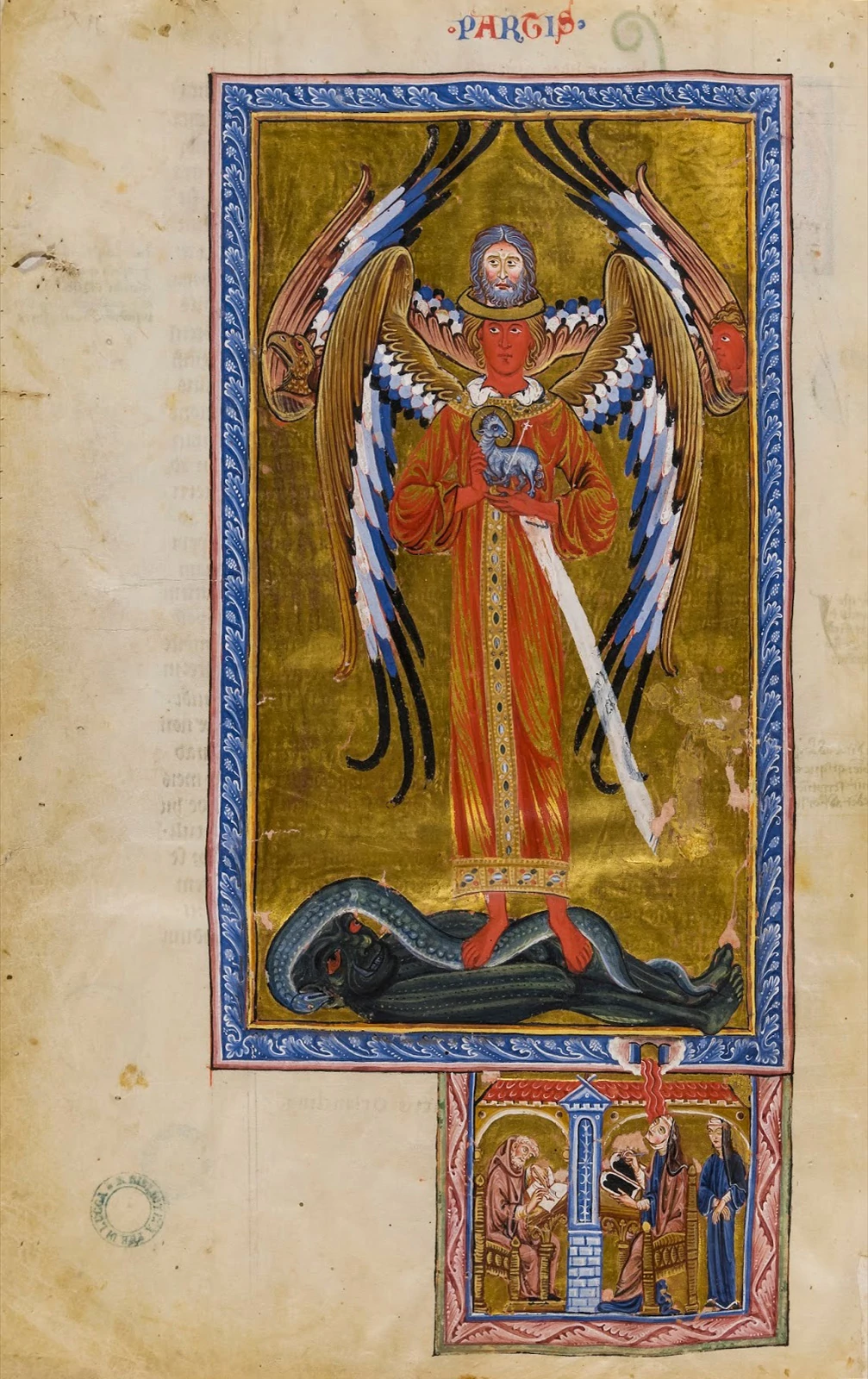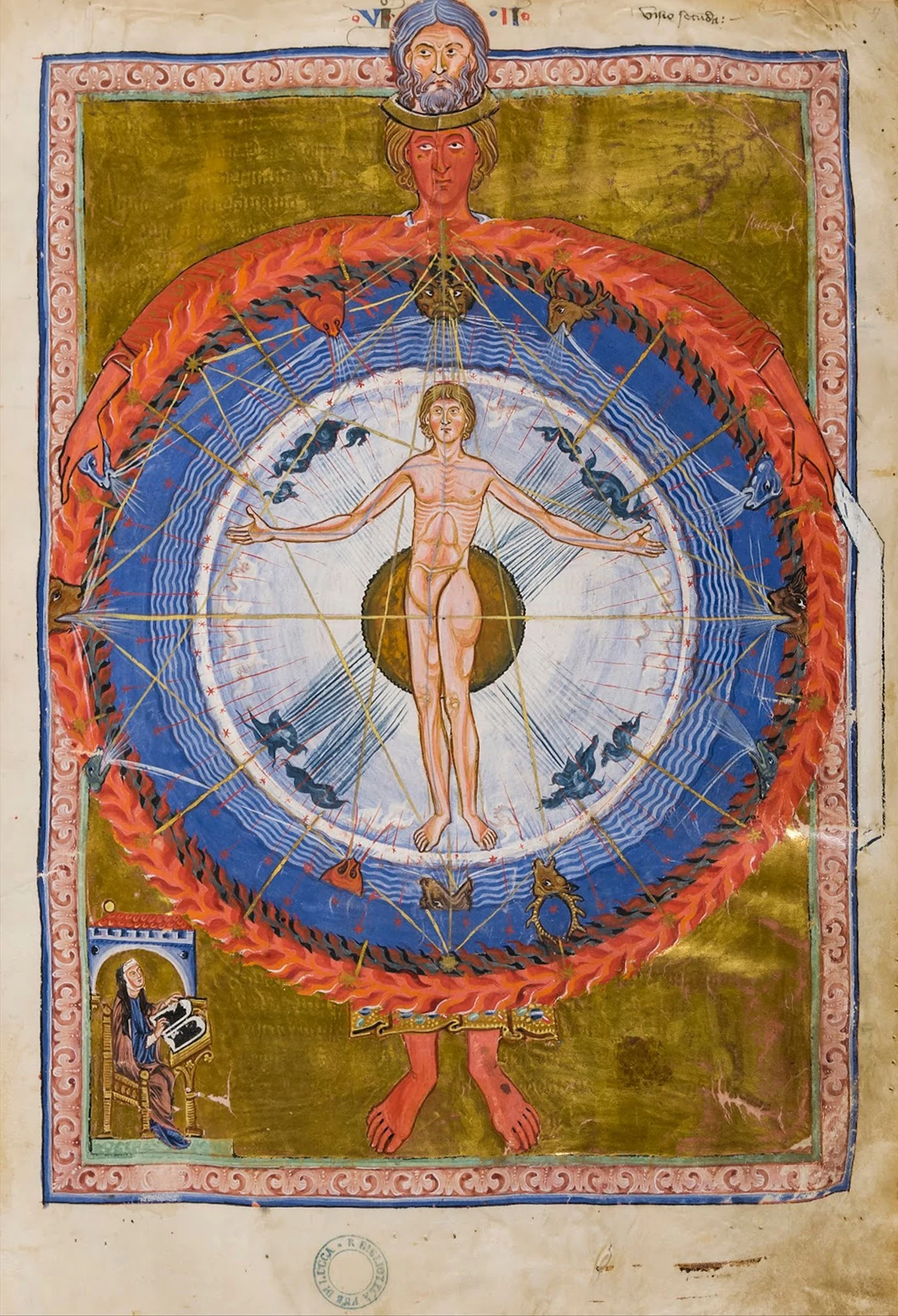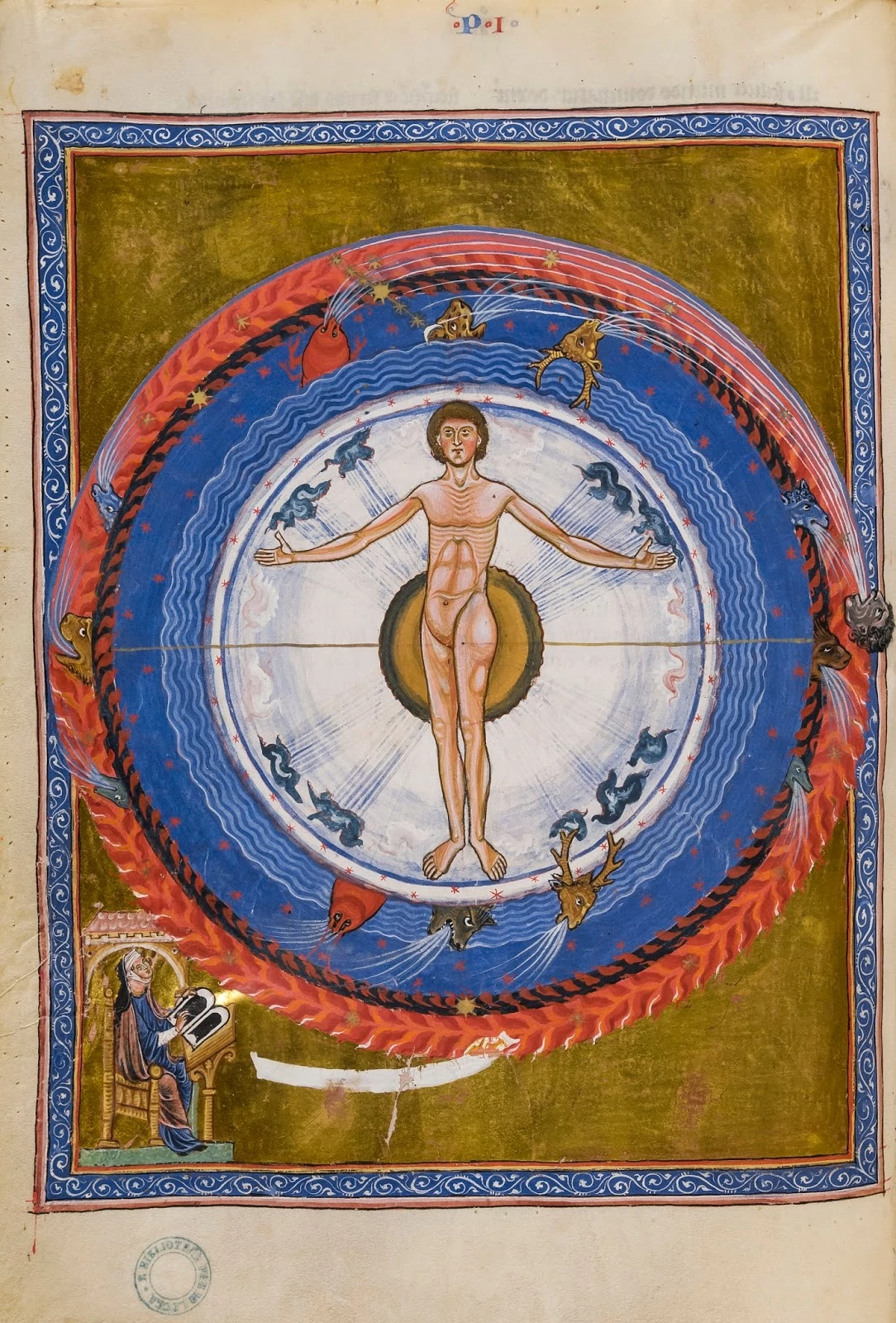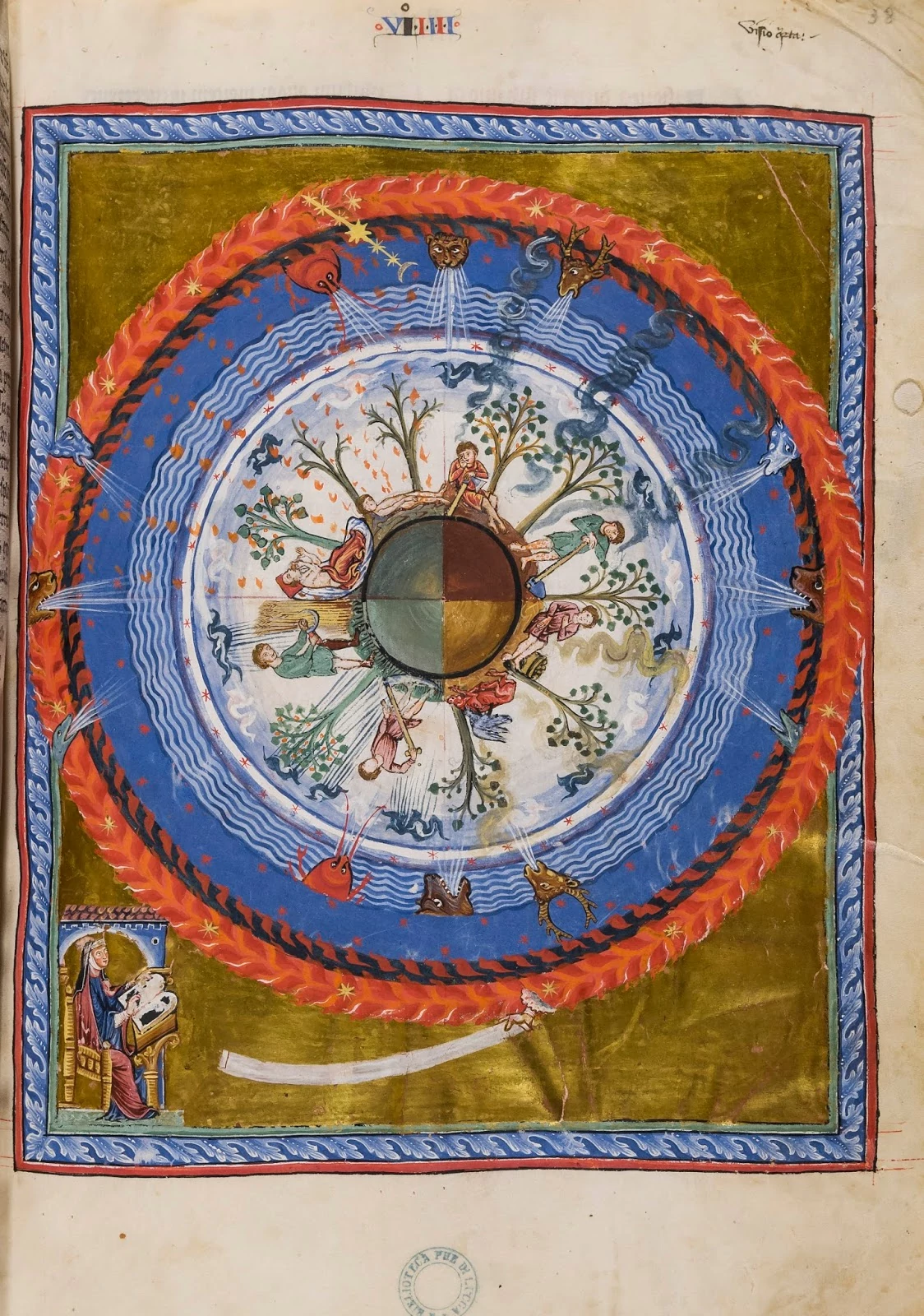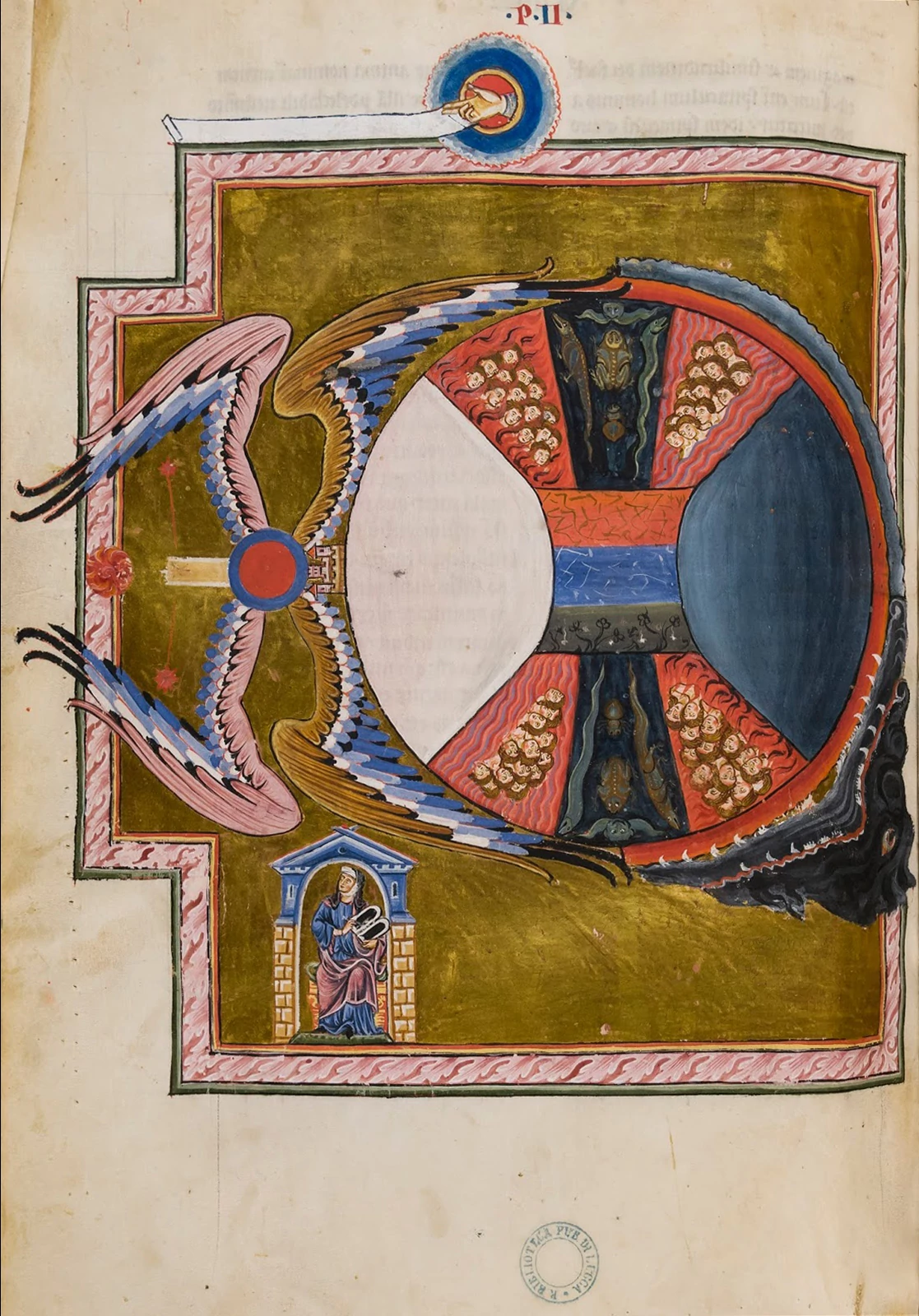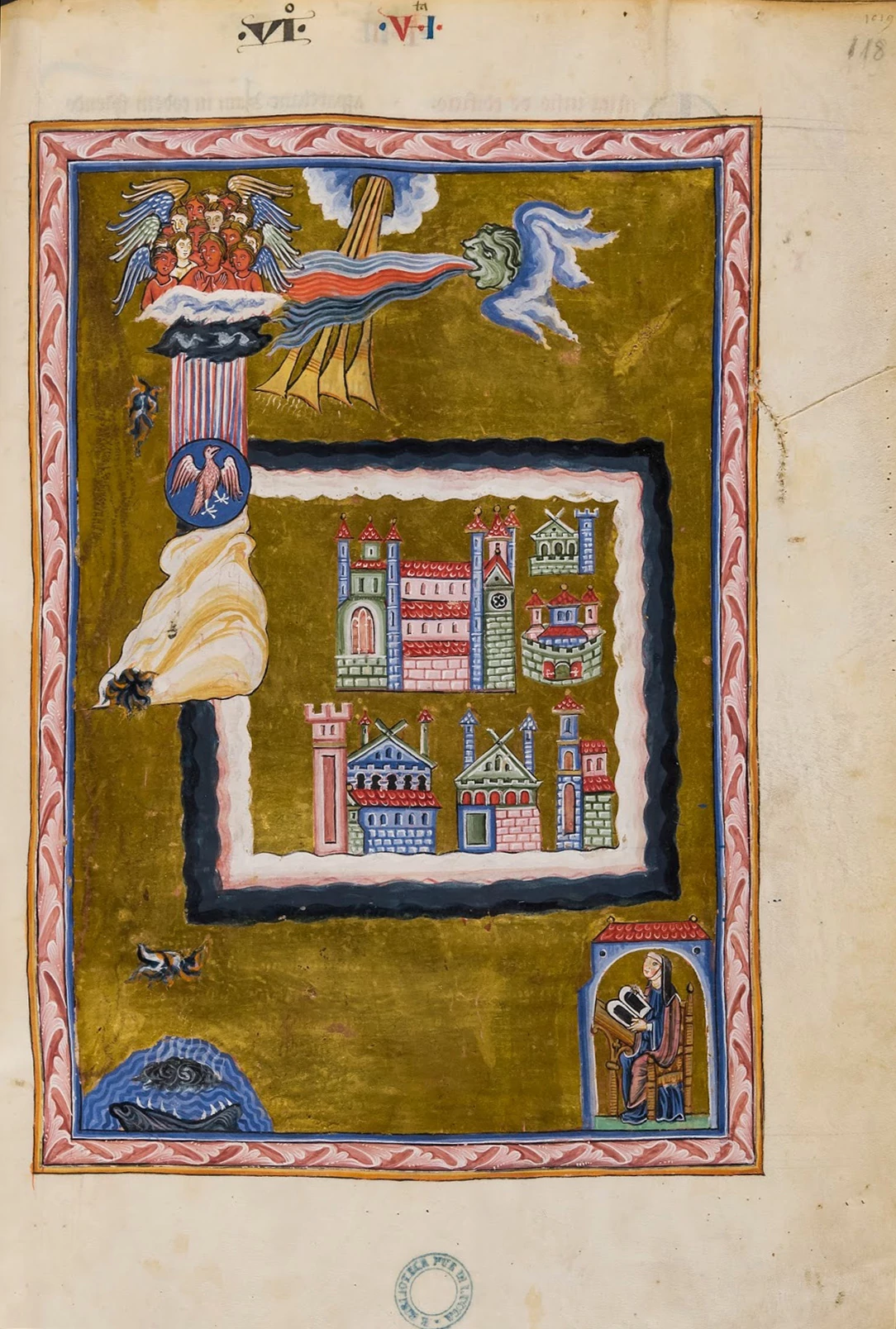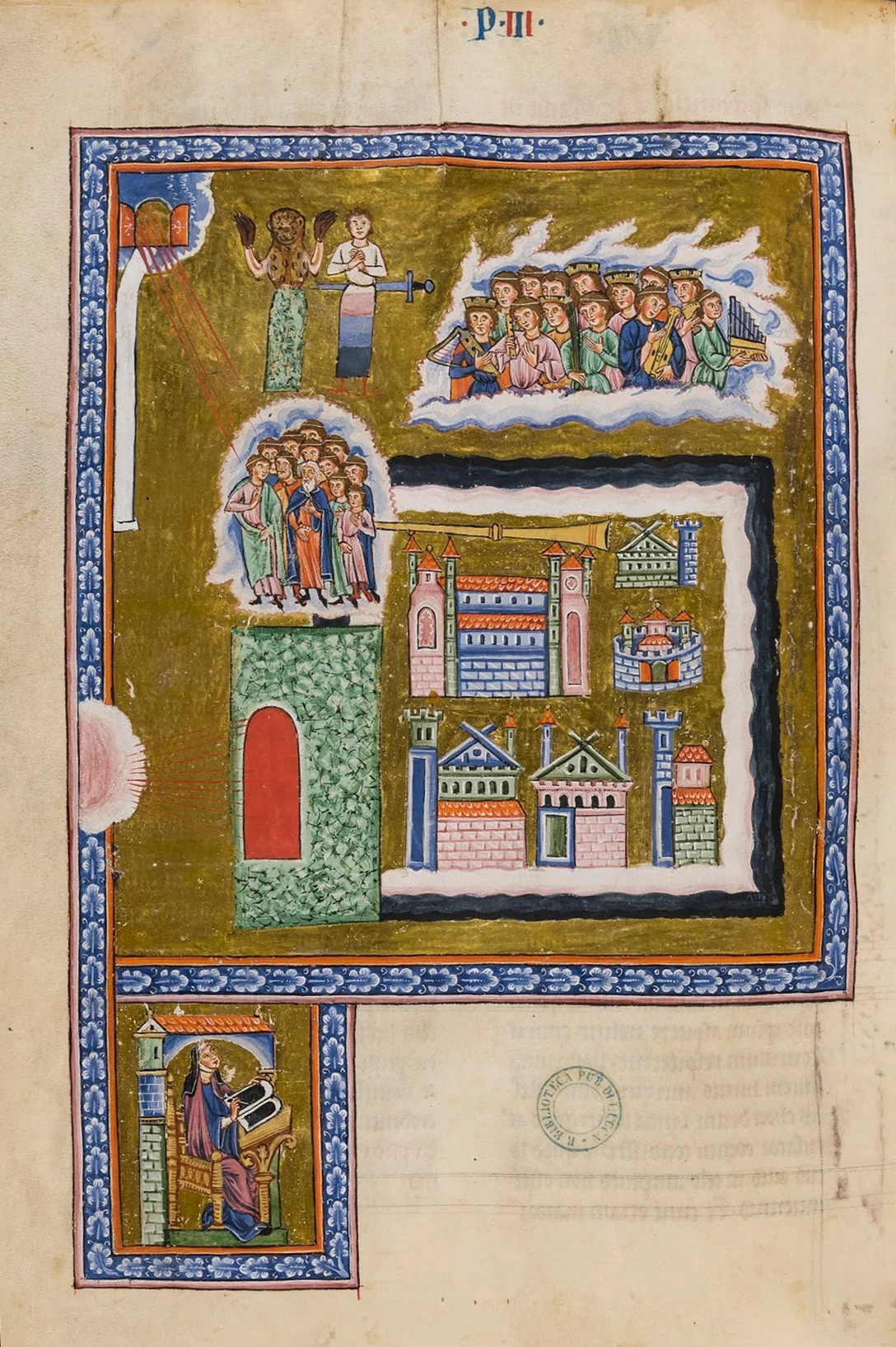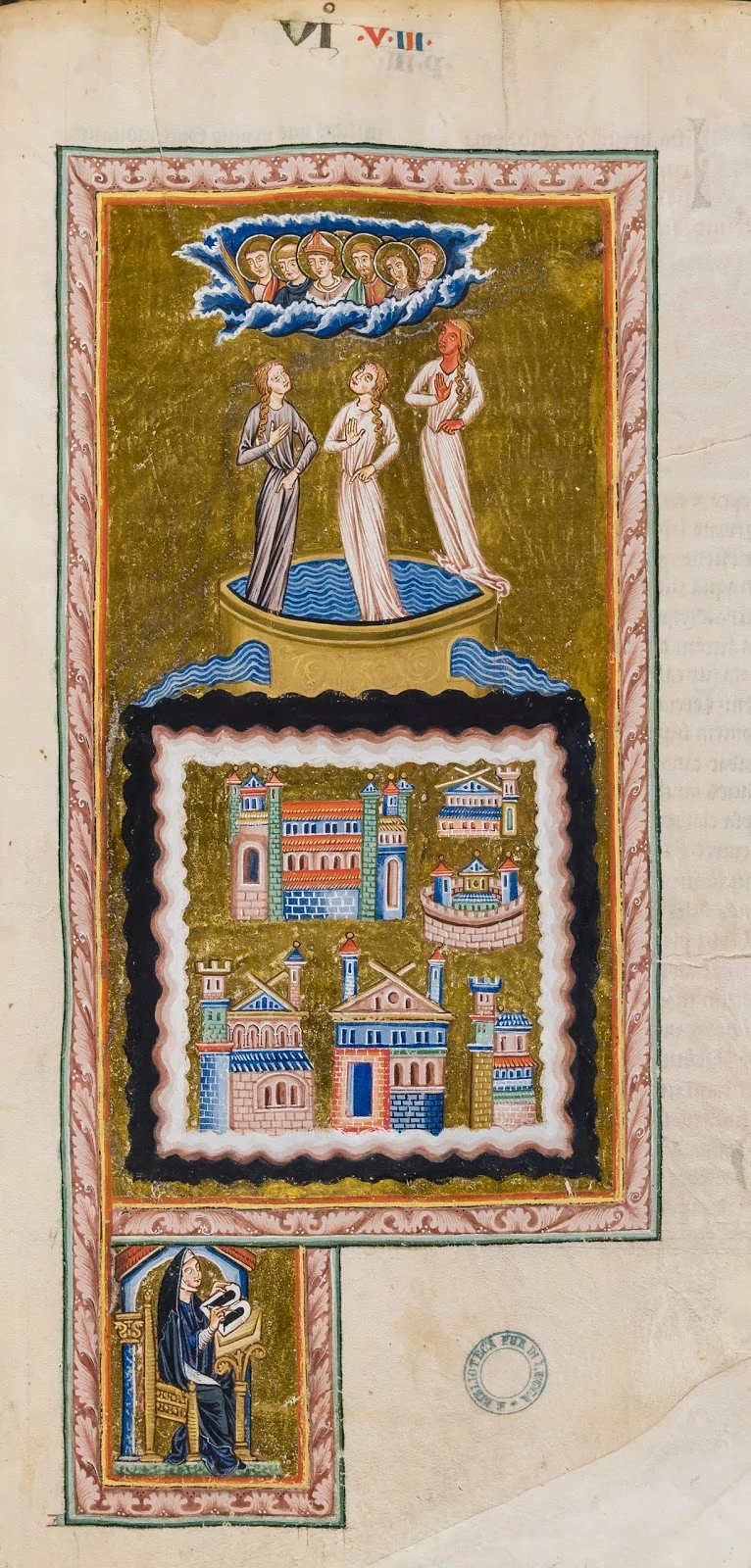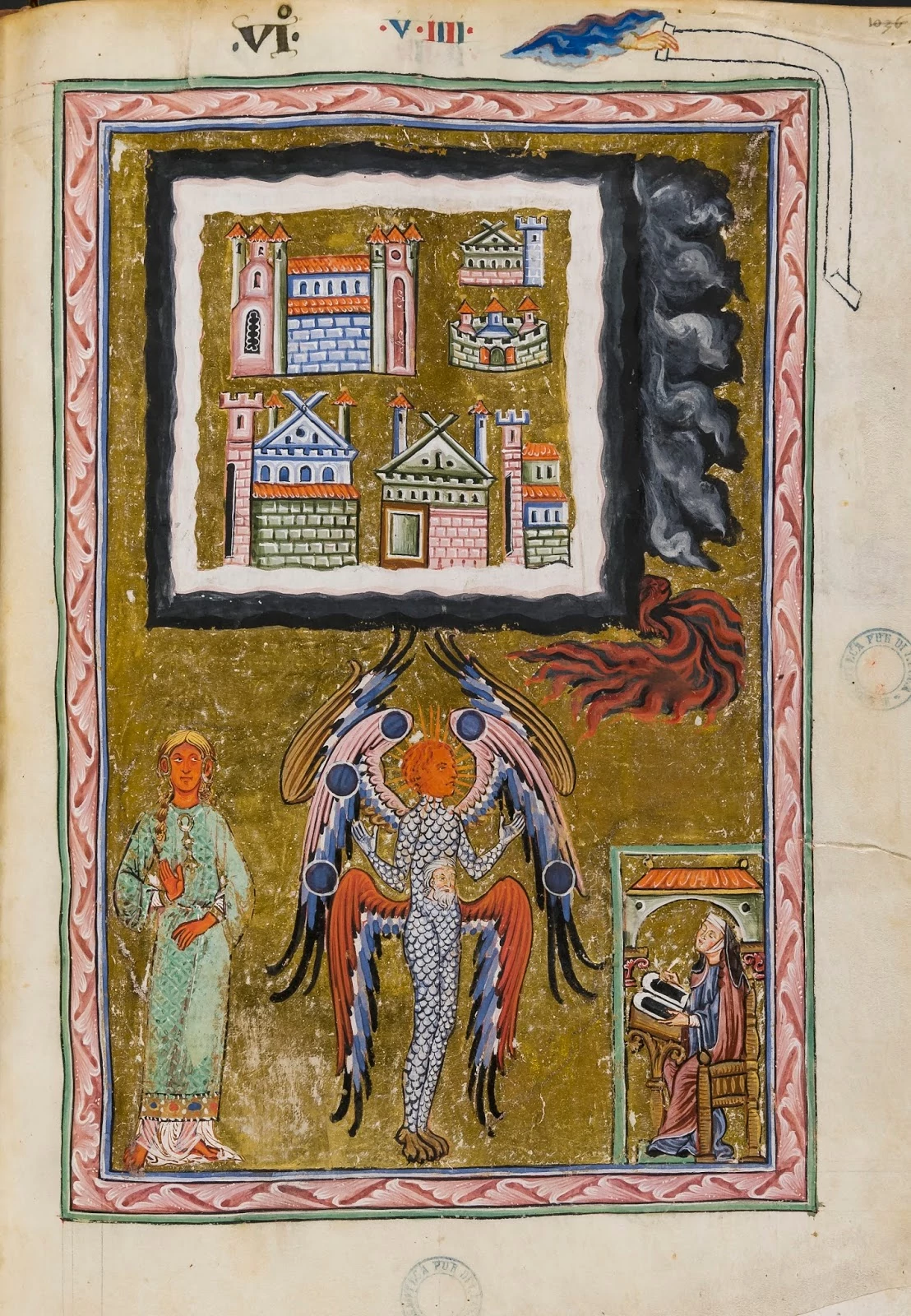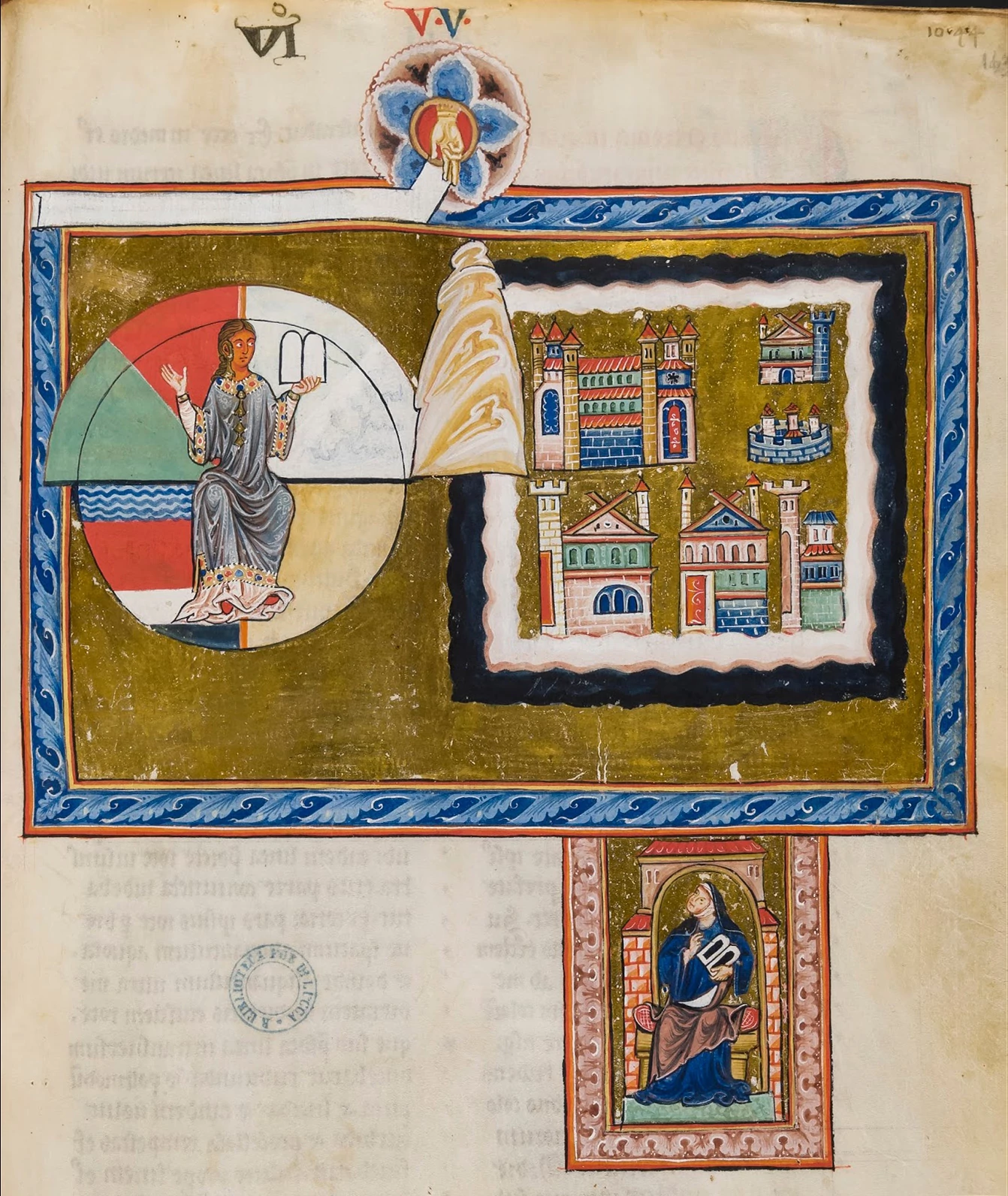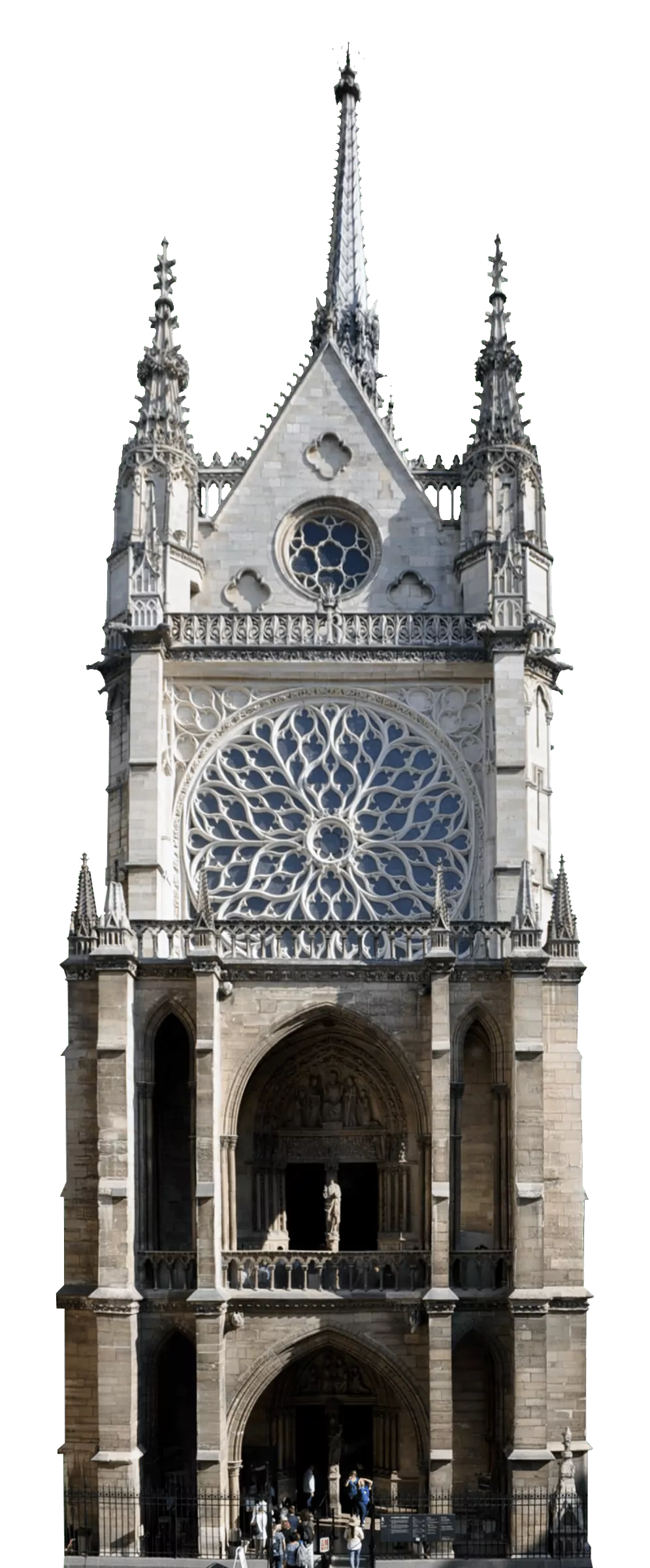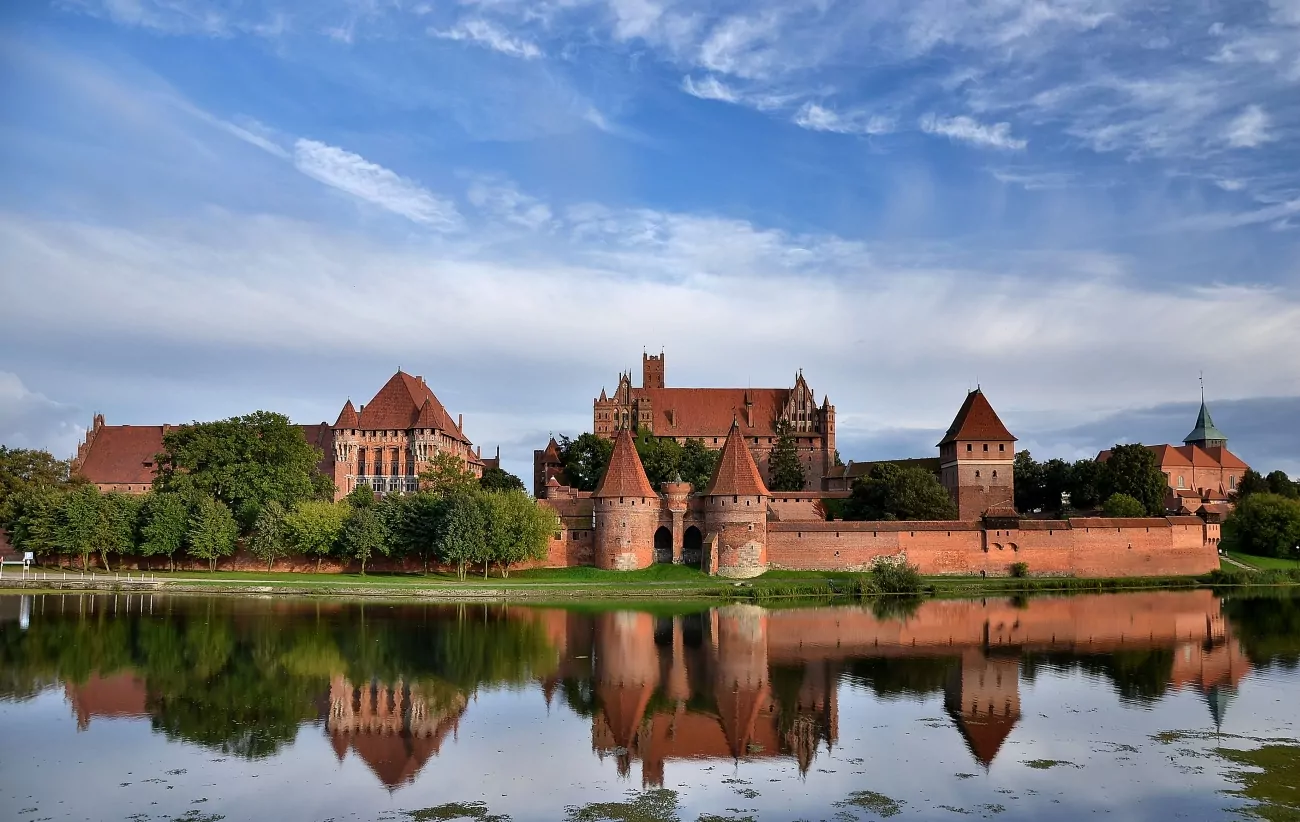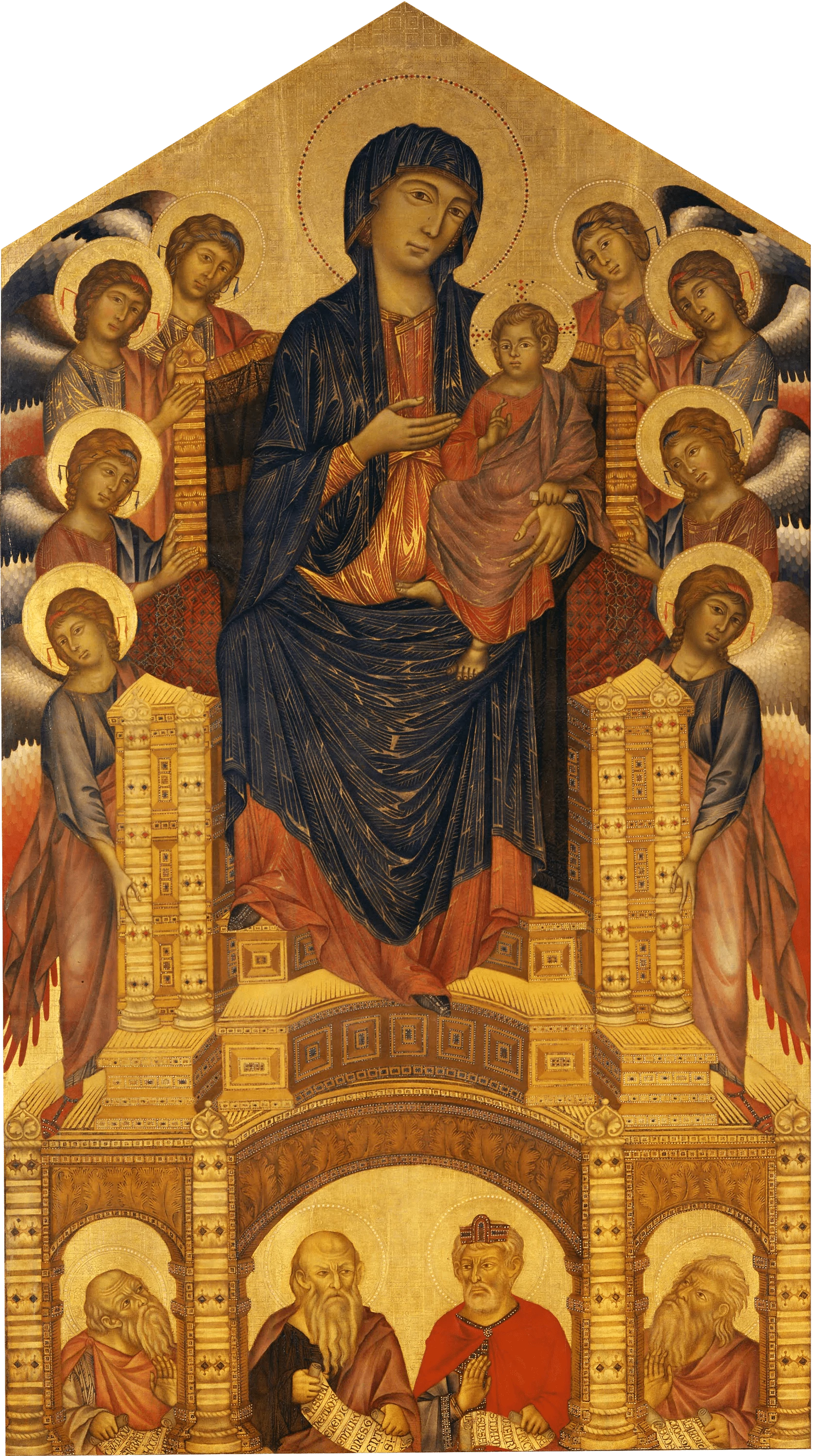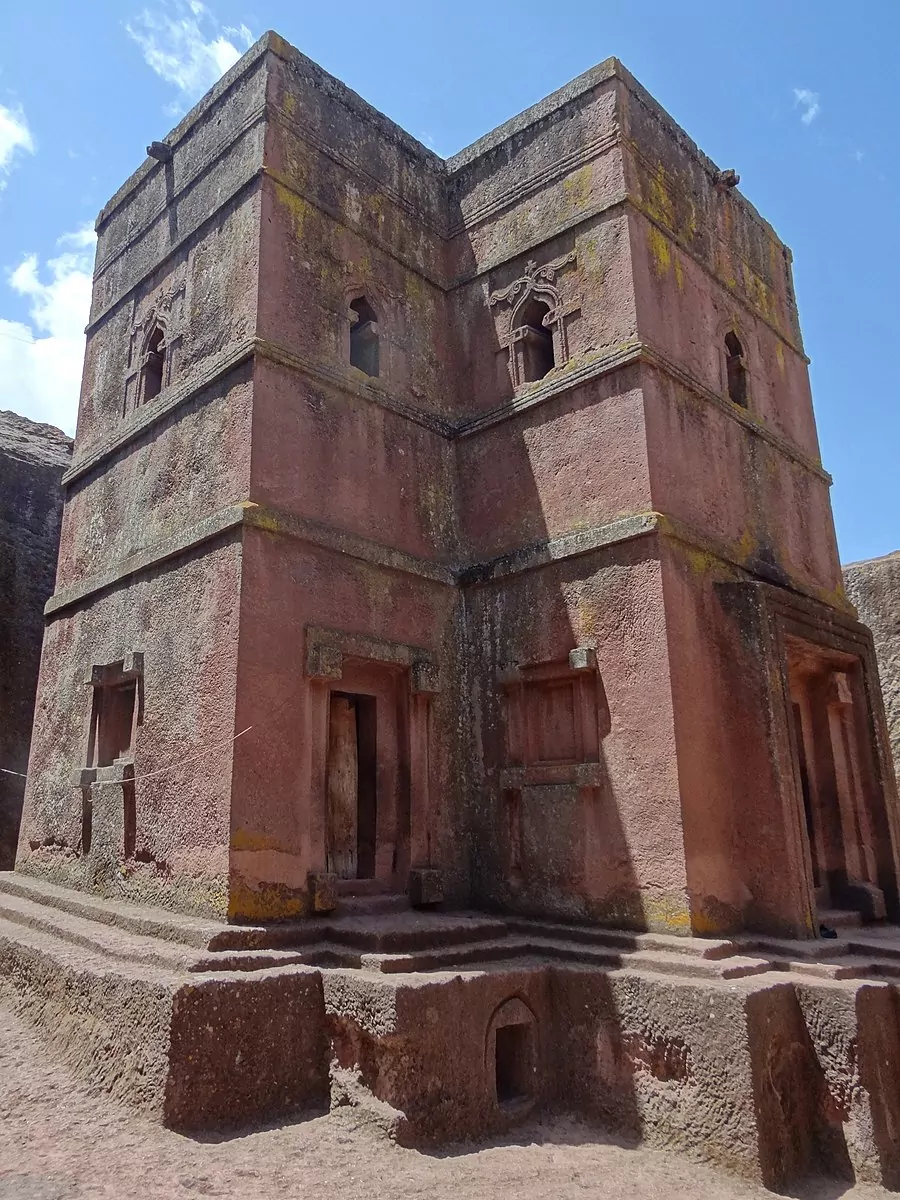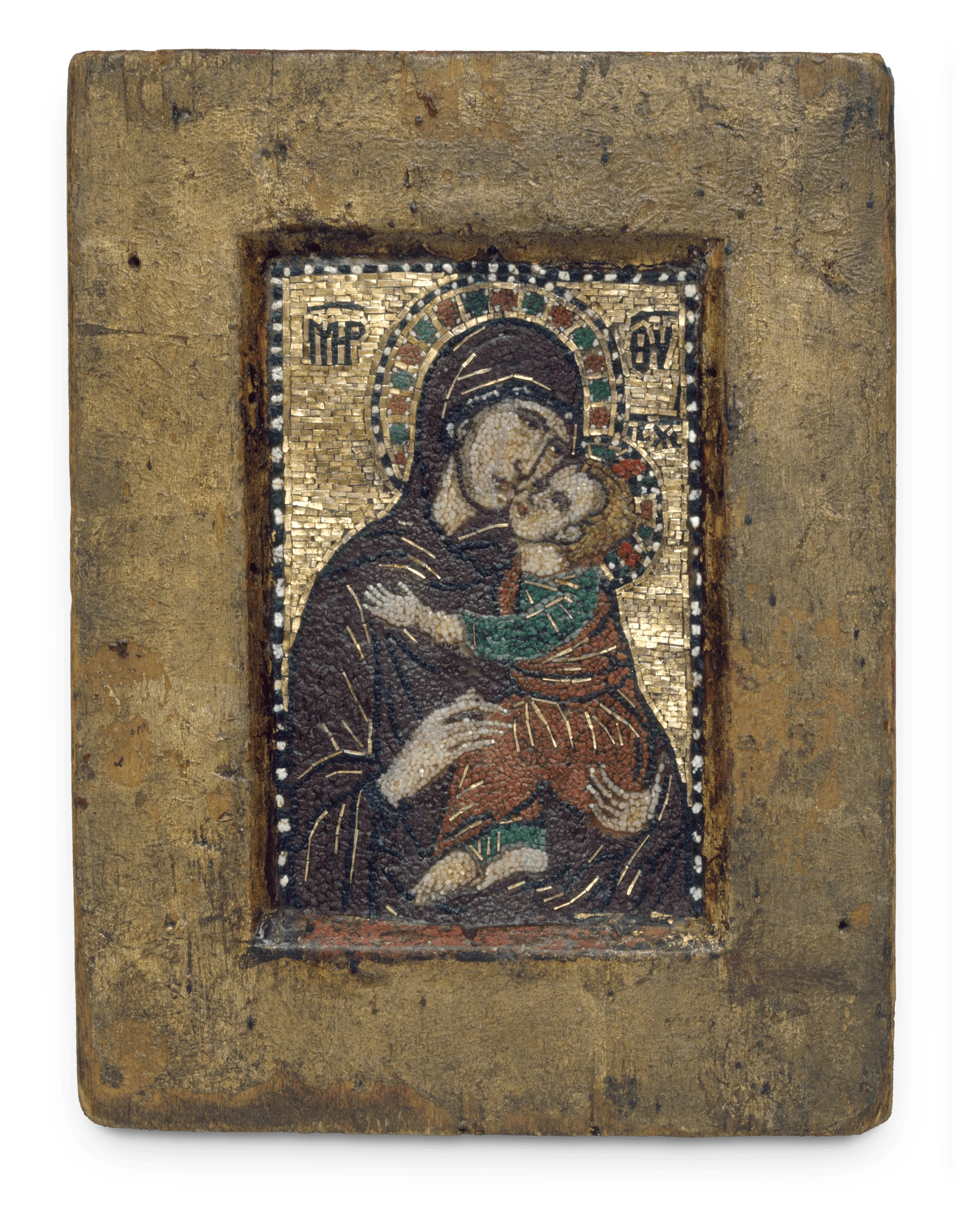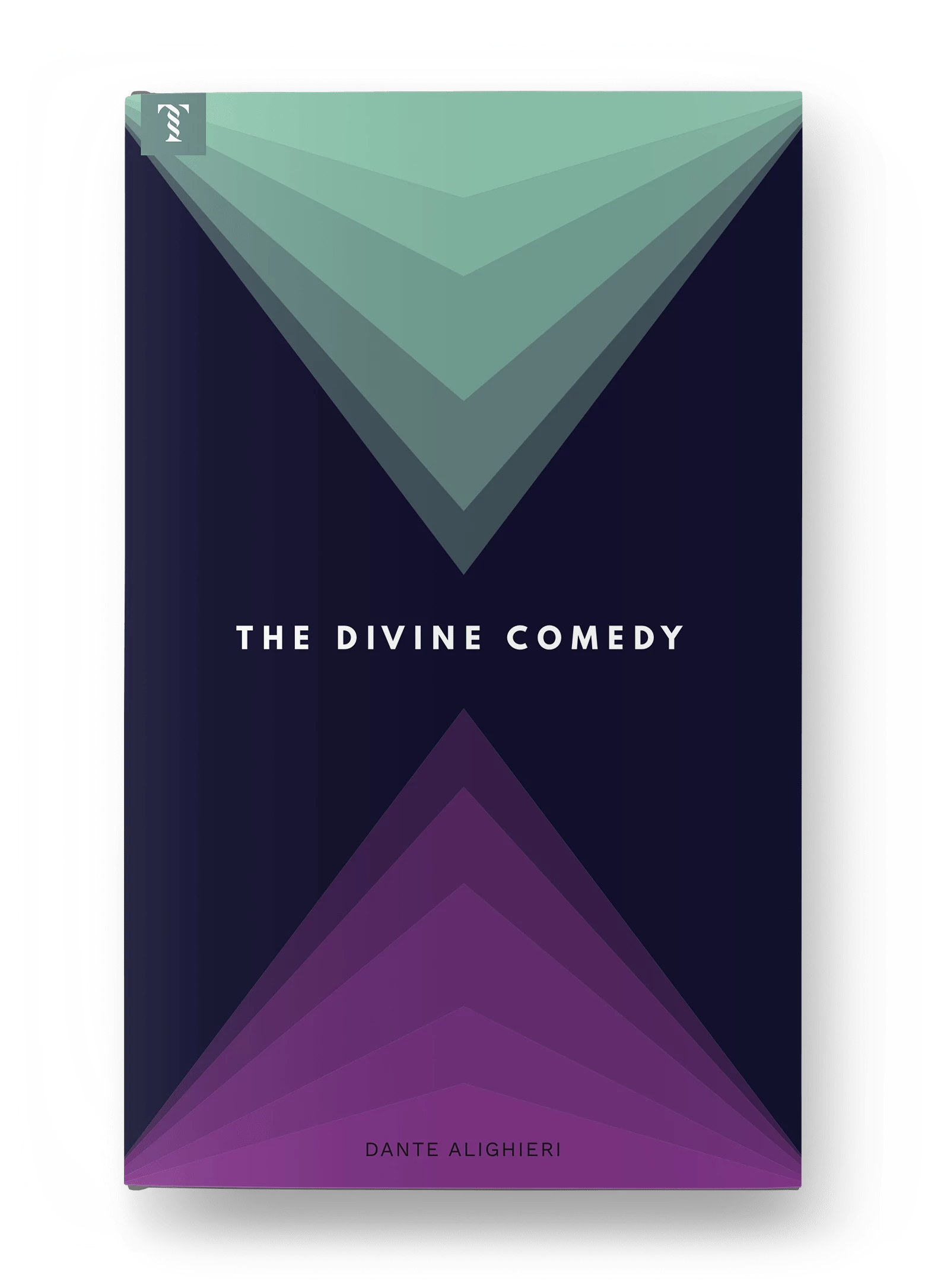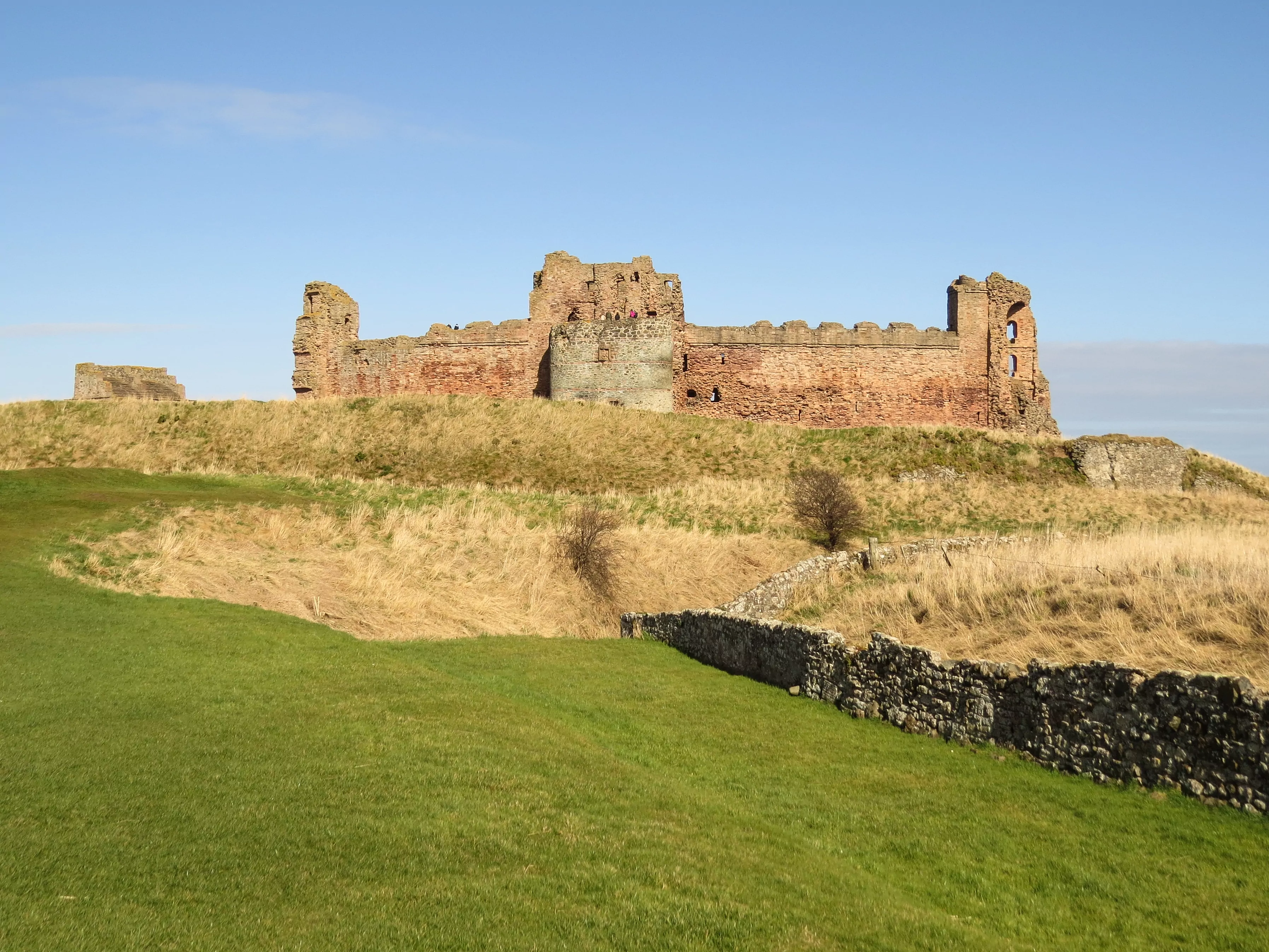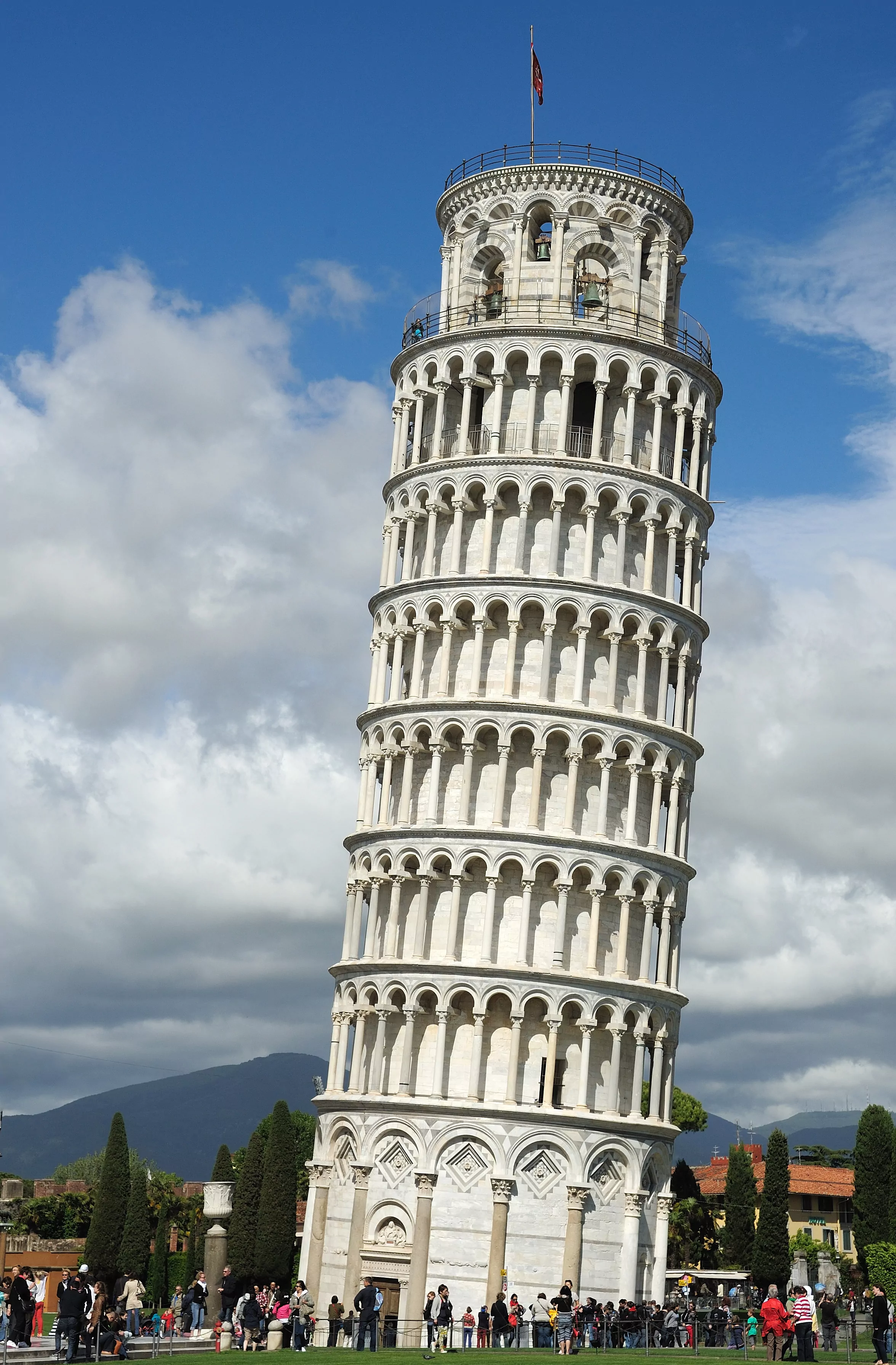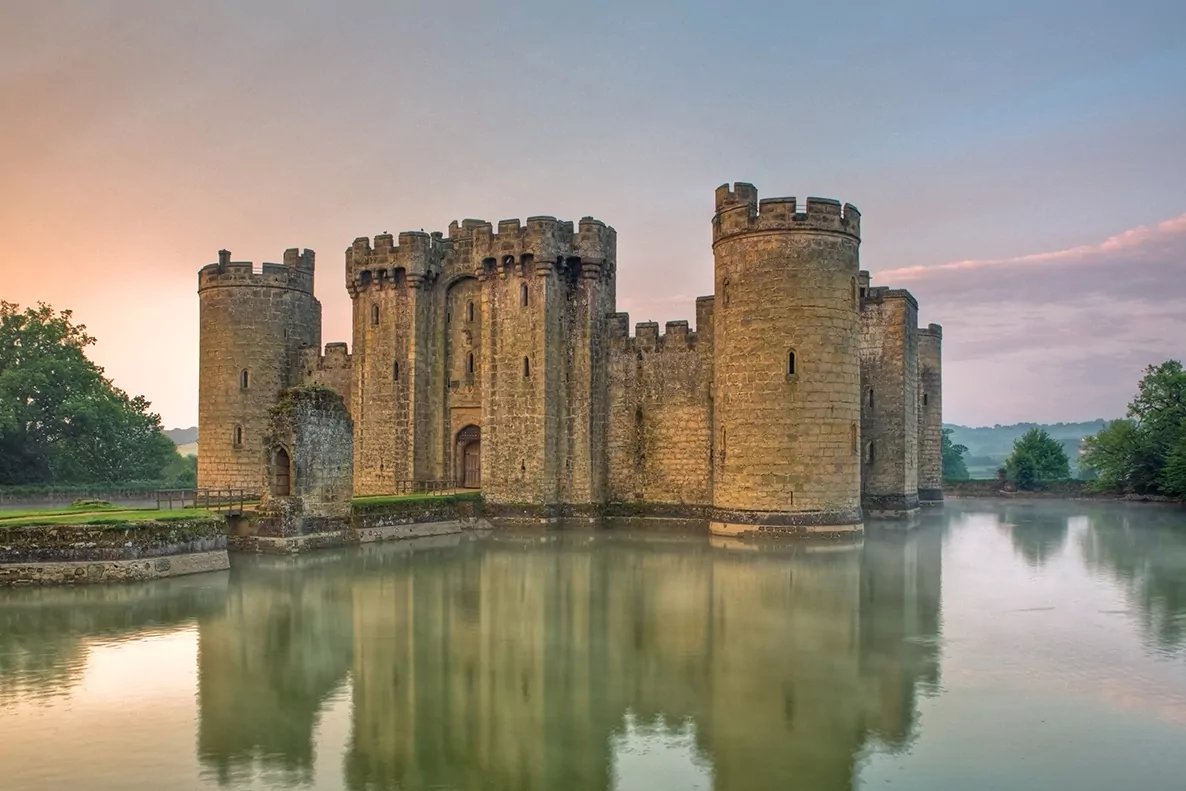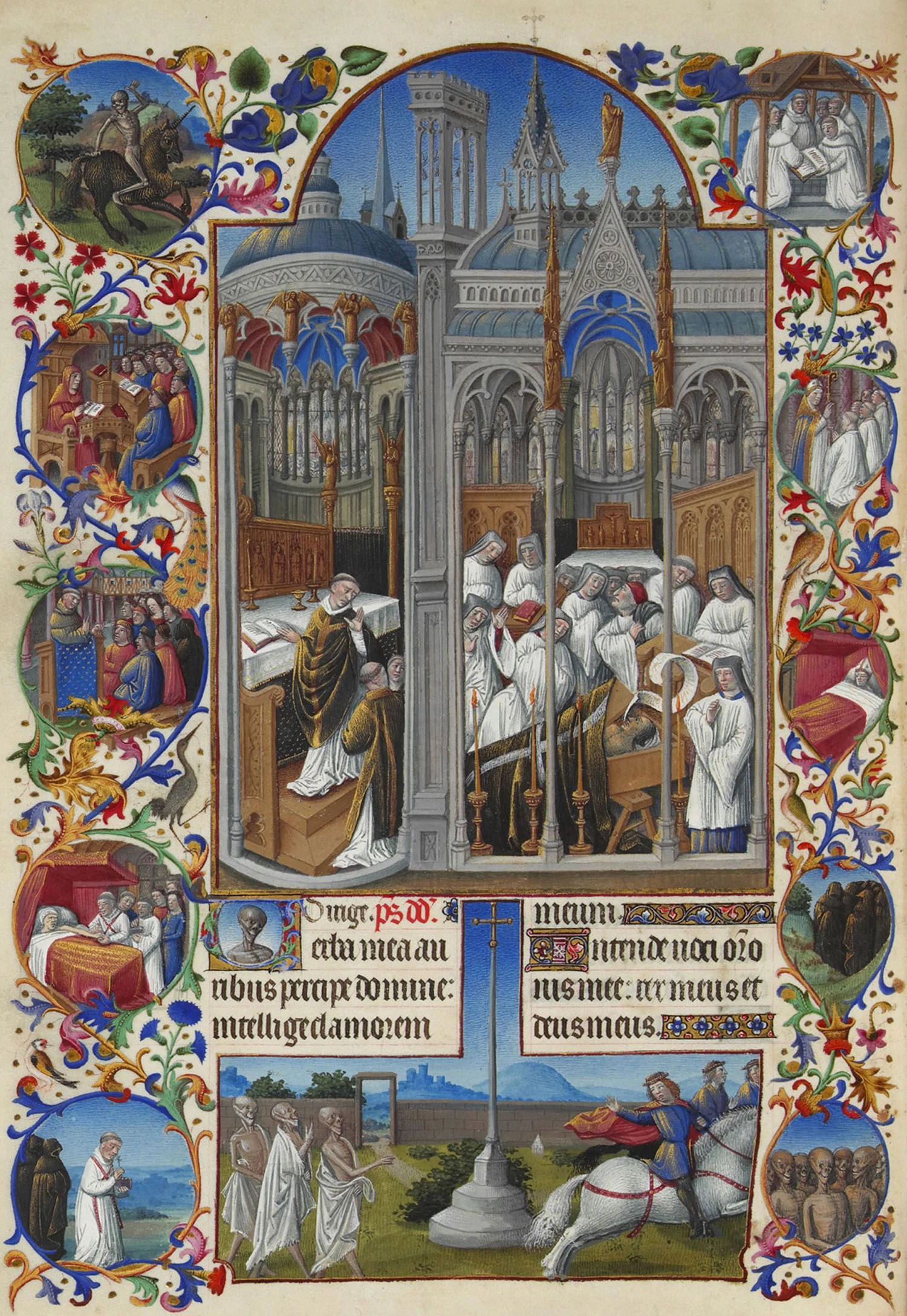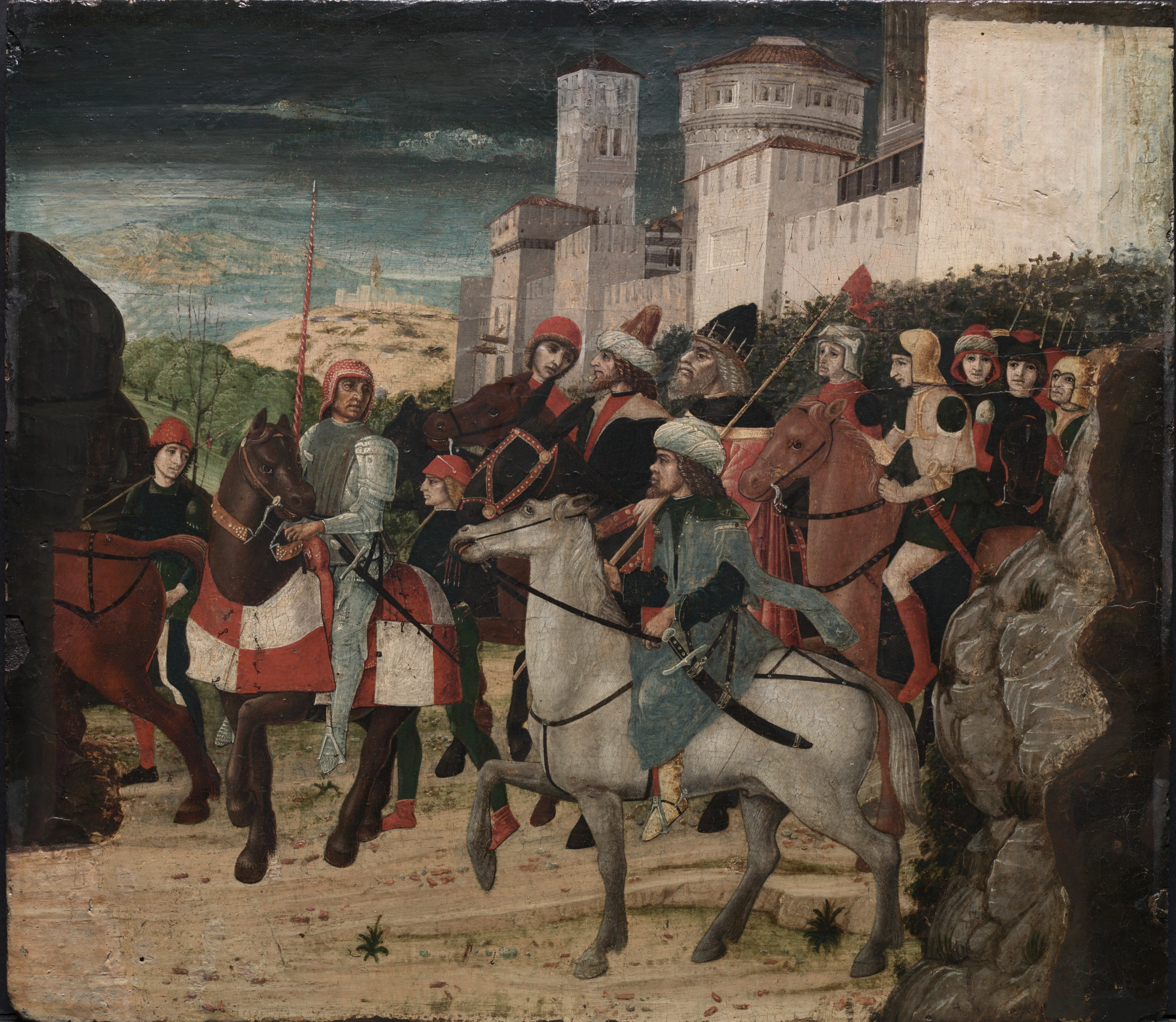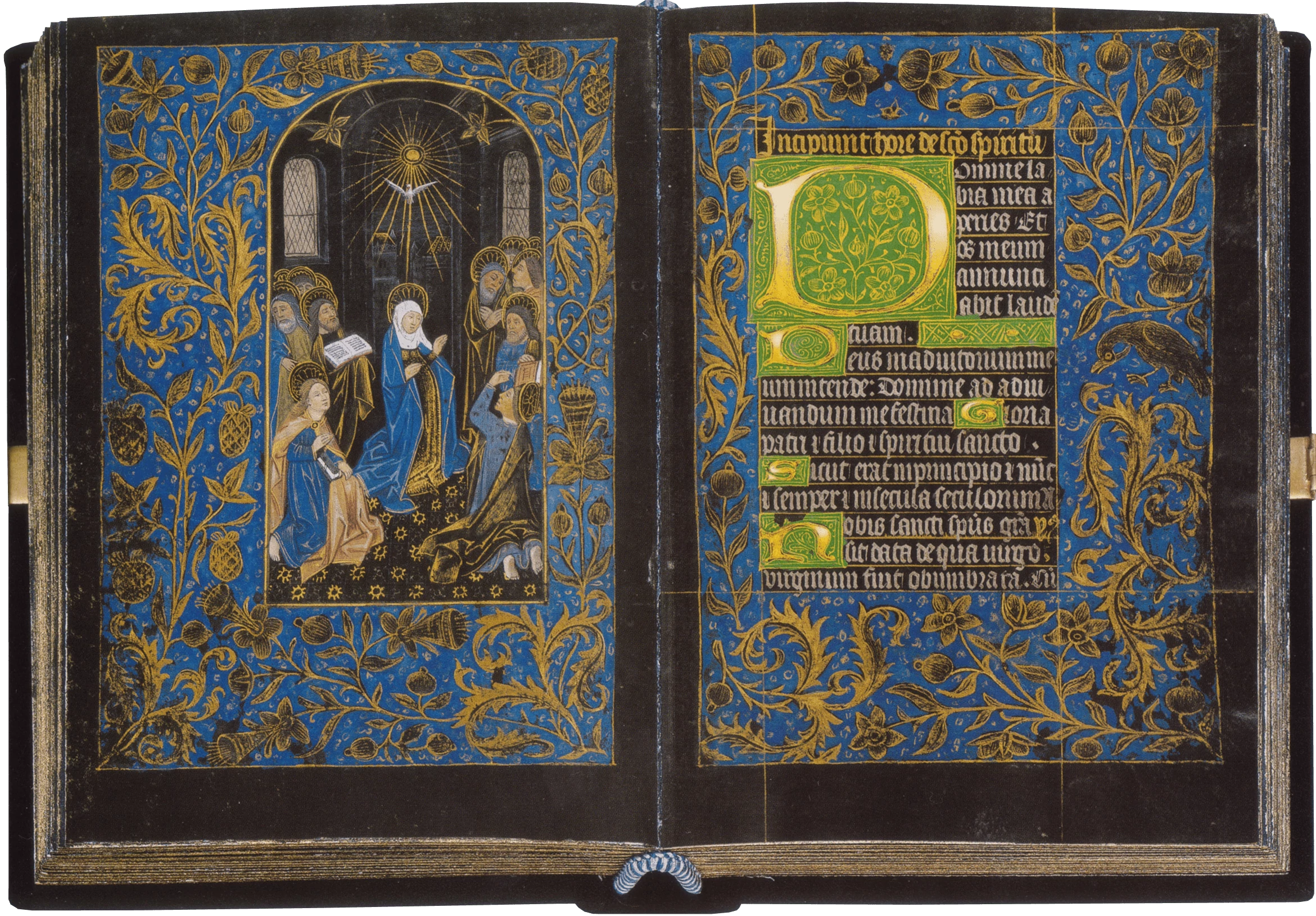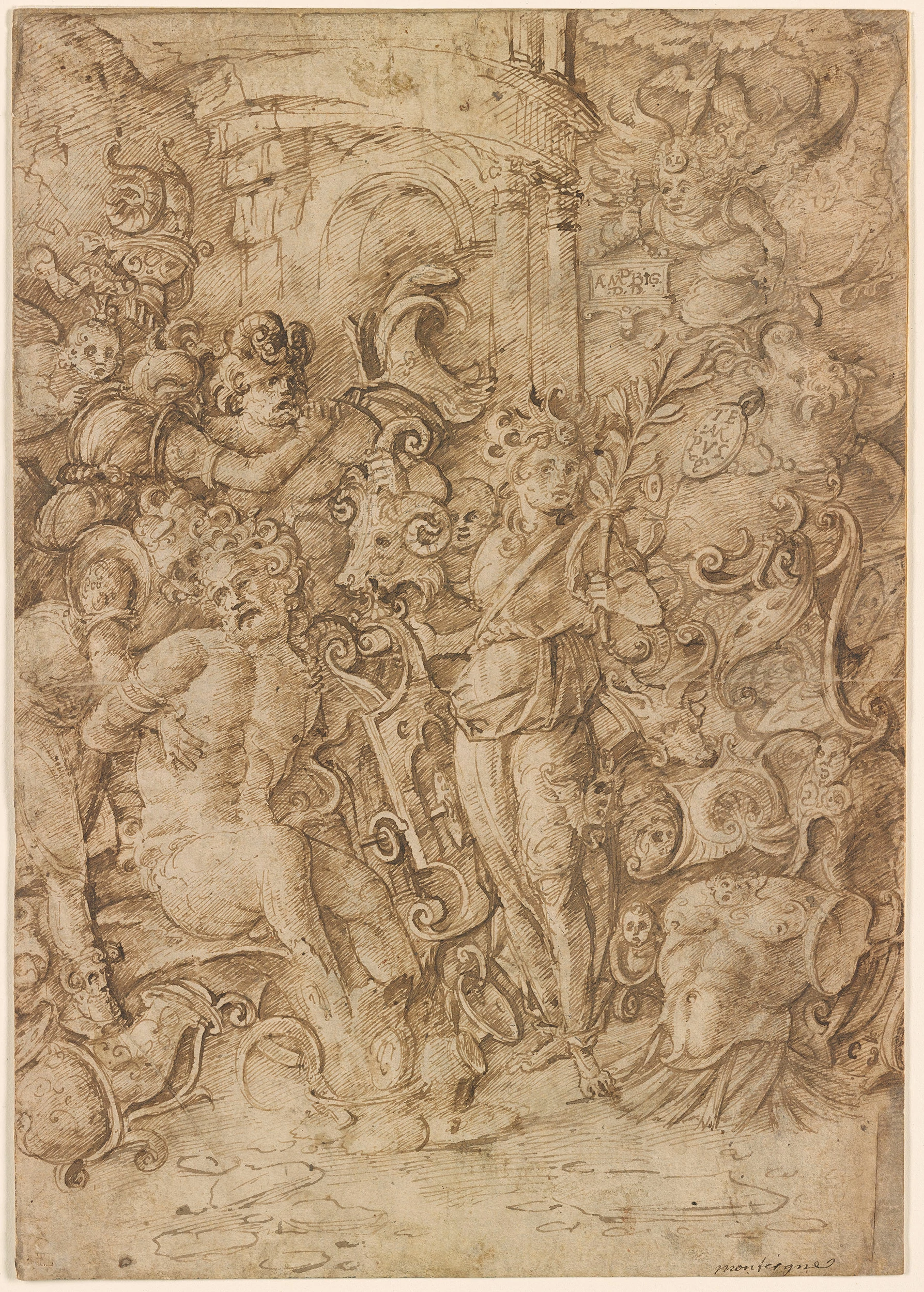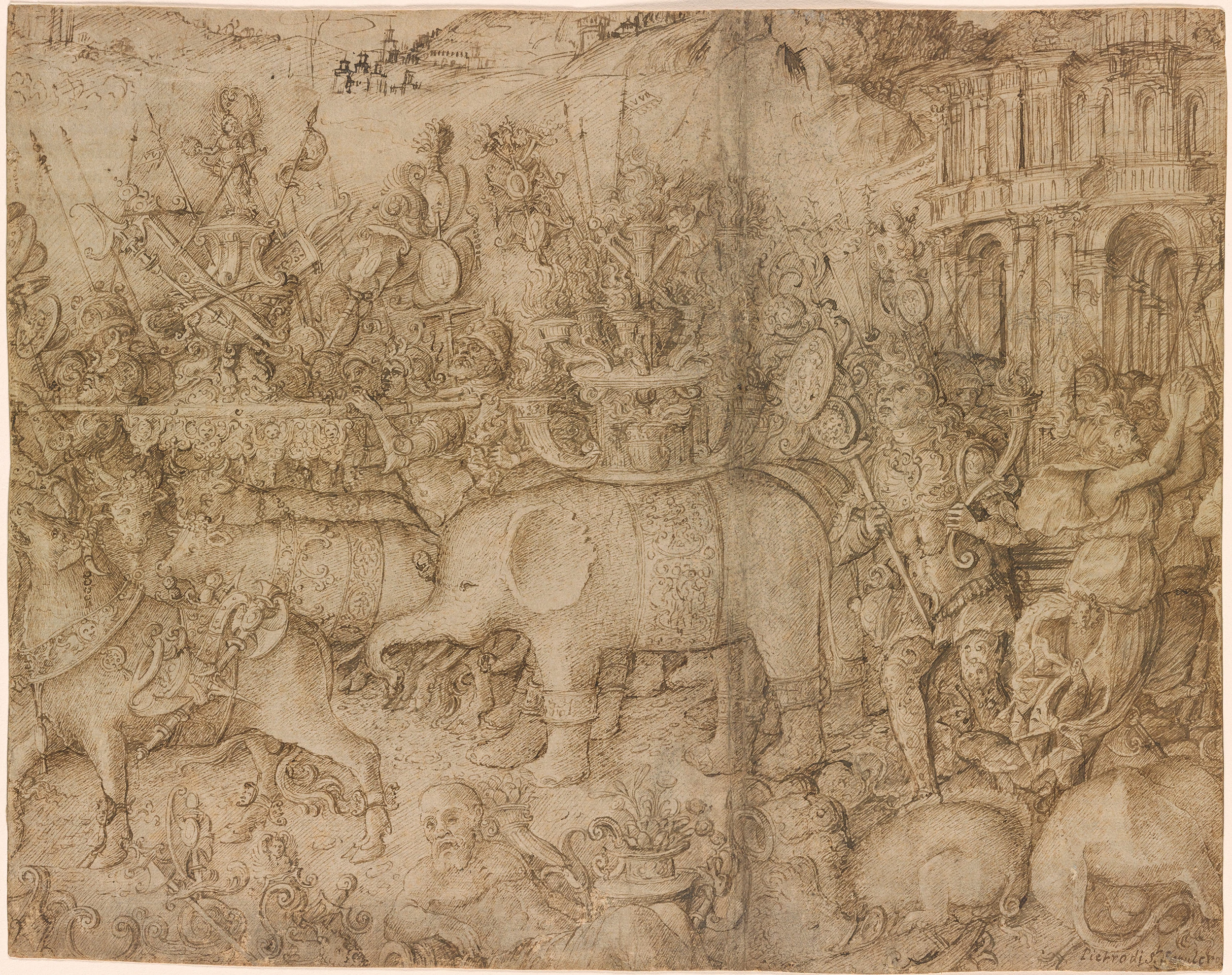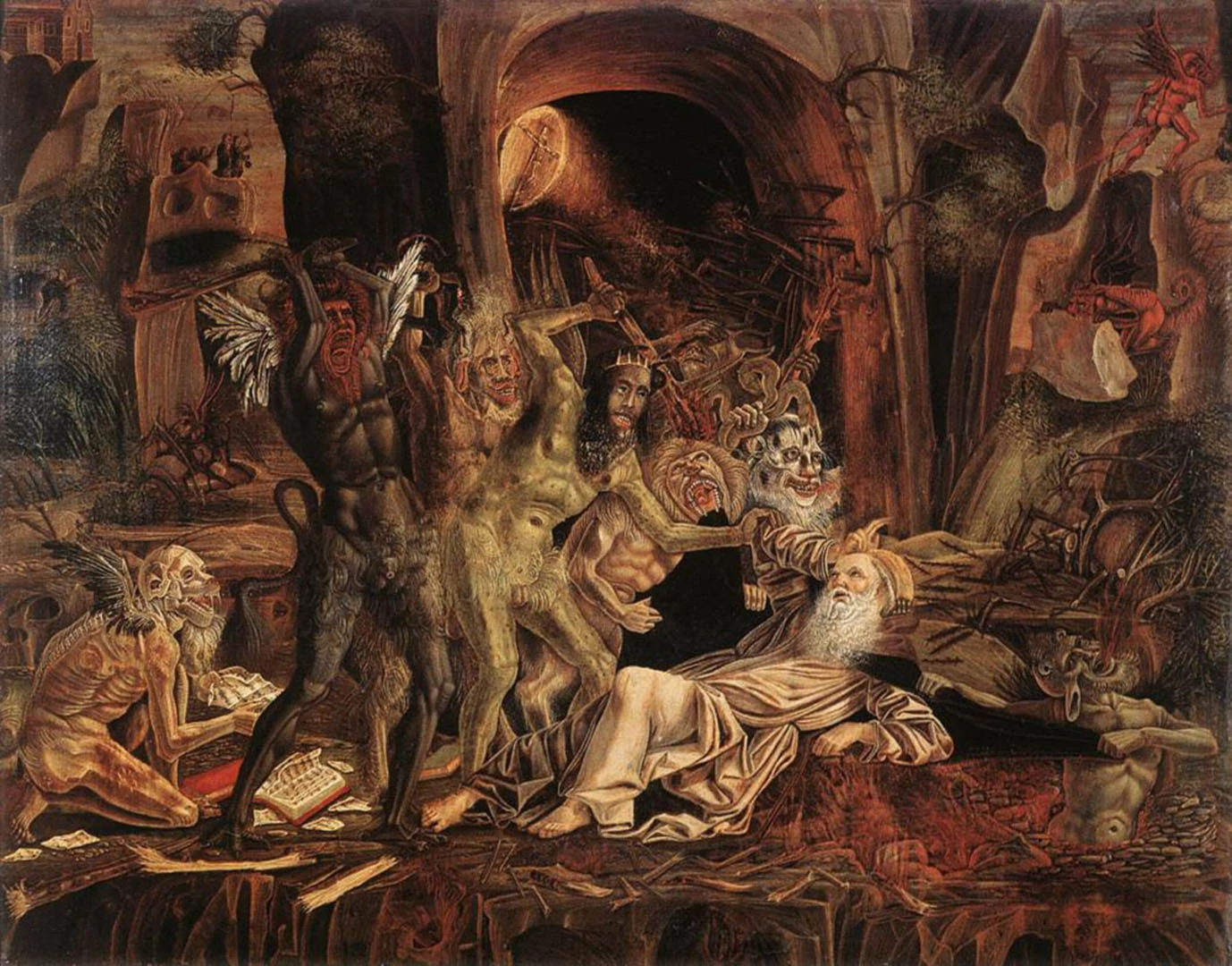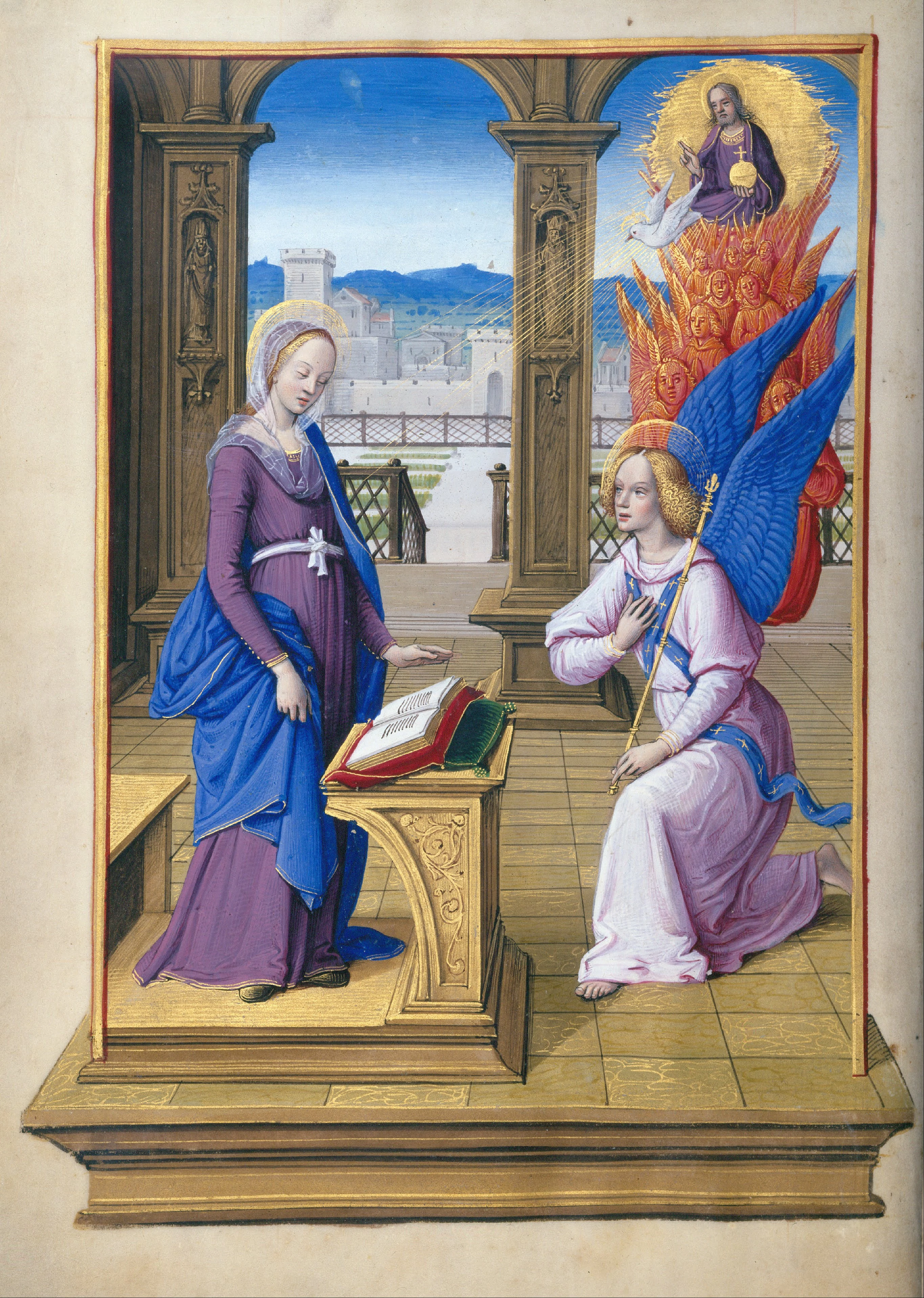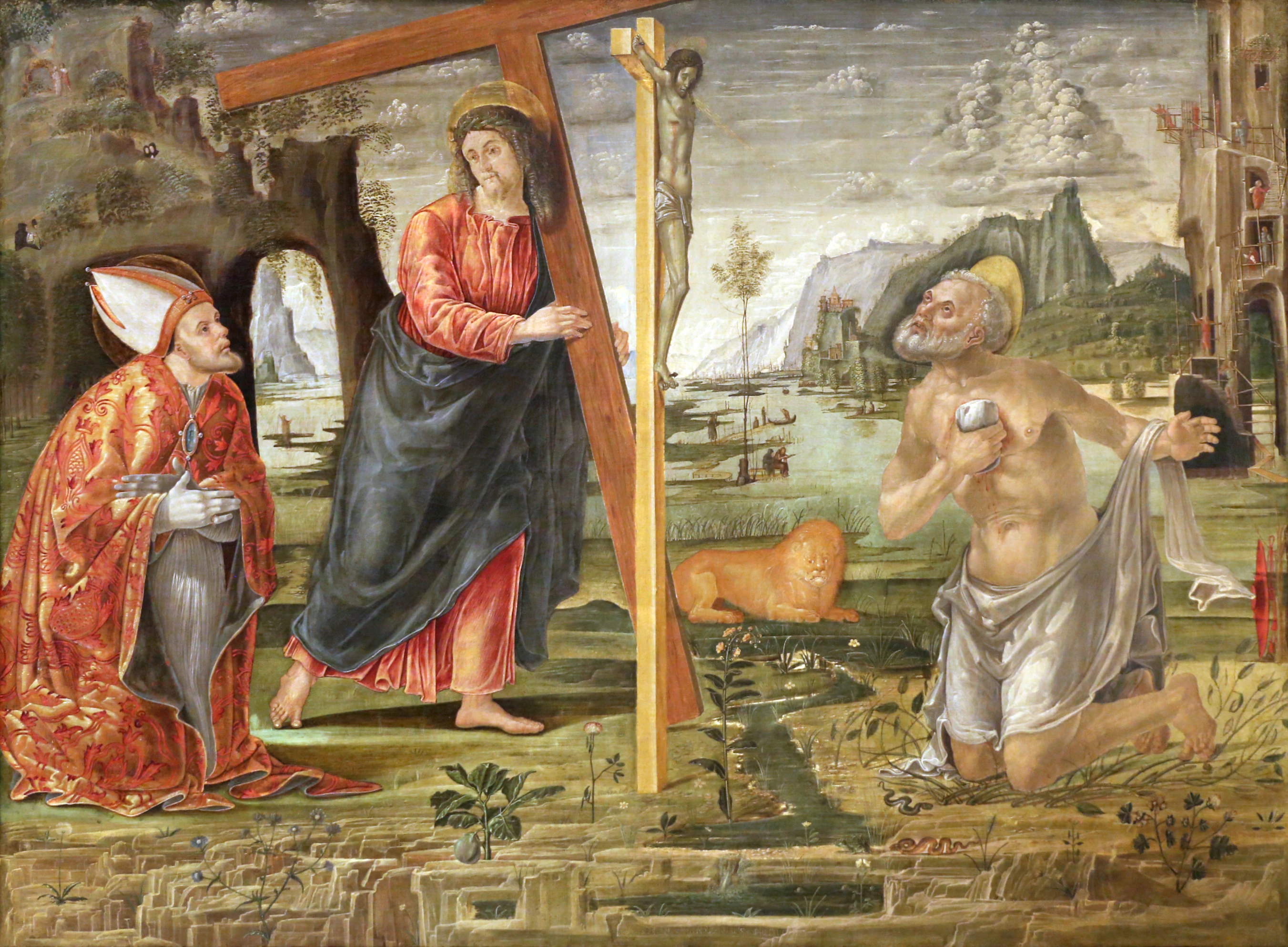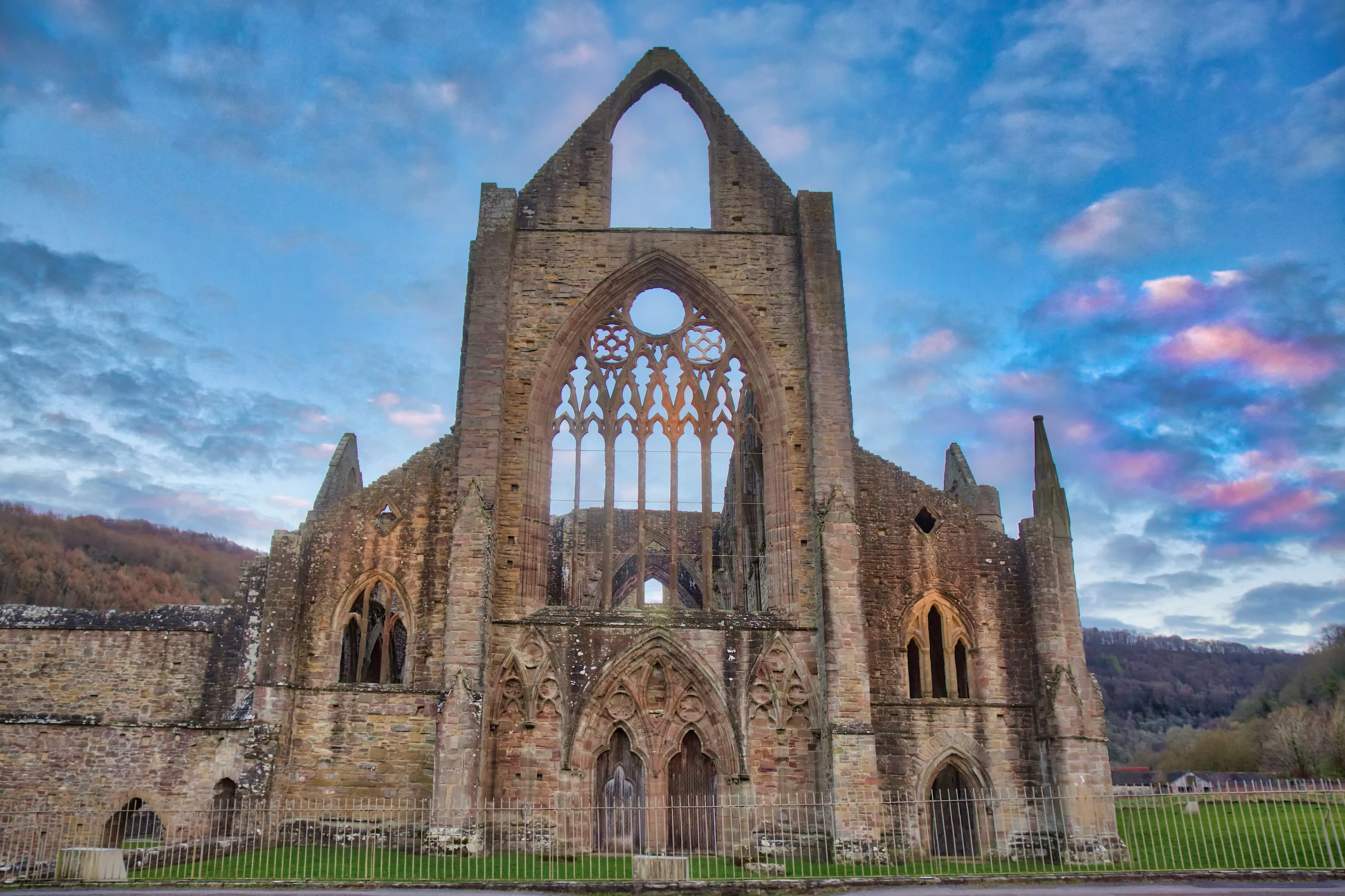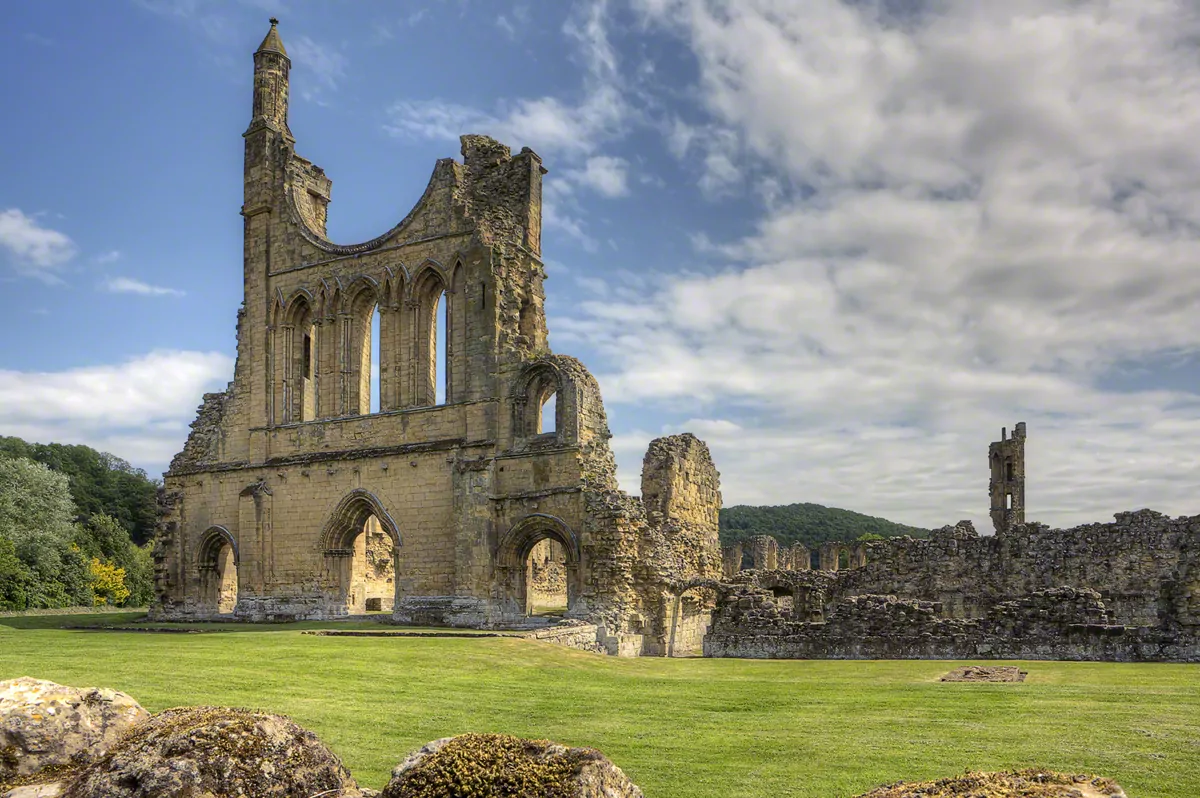Medieval Art
Religion, feudalism and lots of gold leaf.
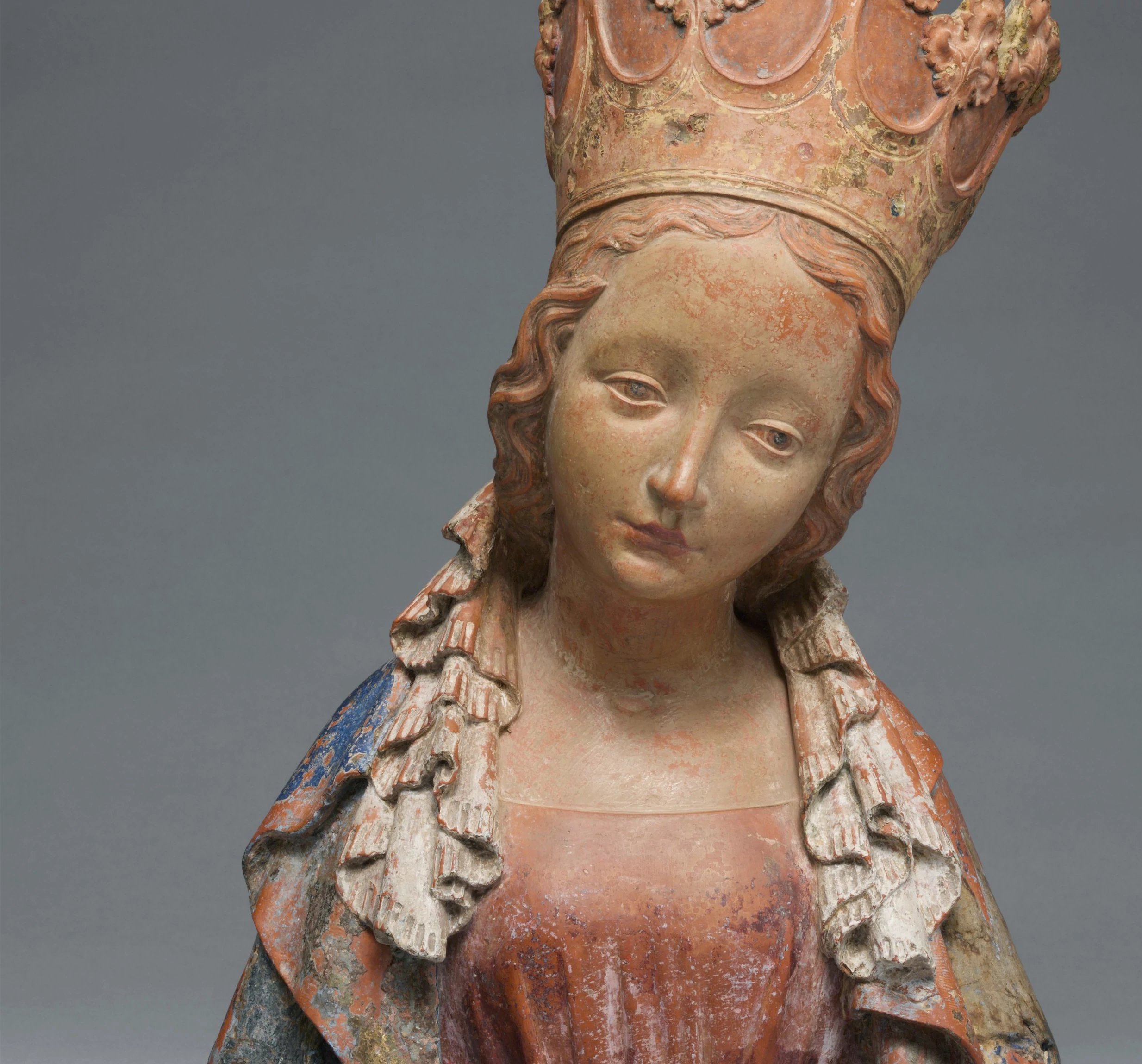

In 476 CE a soldier named Flavius Odoacer deposed the Roman emperor Romulus and was crowned ‘King of Italy’ under the authority of the Emperor of Constantinople. Italy’s first king marked the end of the Roman Empire, now subservient to the new global superpower, the Byzantine Empire. But Constantinople was a long way from Italy, and Rome’s vast holdings fractured into a myriad of warring ‘barbarian’ tribes. Rome, for all its violence, had held the Western world together, and in their absence, everything went to shit. The chaos and evolution that followed spawned Early Medieval Art.
Early Medieval art is a weird and fragmented concept. As Constantinople developed its formal Byzantine styles, something wilder was happening in Europe. Spanning 700 years and encompassing the dark ages, the rise and fall of the Frankish Empire, and the almost complete takeover of Western art by the Christian church, it’s possible to divide Early Medieval art into many regional sub-movements. Migration art describes the work of the Gauls and Visigoths who settled in the fragments of the Roman empire, Insular art grew in Britain and Ireland after the Roman occupation ended, and Carolingian art brought a revival of classical styles that evolved into the vigorous illumination and architecture of the Romanesque style.
But for our purposes we look at Early Medieval as a whole, because it traces back to a common theme. In the political upheaval after the fall of Rome, society needed an anchor, and it landed on the rapidly growing Christian church. Throughout Europe, Christianity was able to cross political boundaries and gained a massive foothold. Churches sprang up as cultural centers, and between 430 and 570 Christian clerics brought the Rule of St. Augustine to Europe, establishing a monastic class devoted to education, art, and public service.
By 1000 CE, the Christian church was a hub for science, art and culture. Monks and nuns taught laypeople how to read and write and preserved ancient literature, including works by Ovid and Aristotle. 11th century abbess Hildegard of Bingen wrote medical texts and composed music, and abbess Herrad of Landsberg compiled the first female-authored encyclopedia, including Islamic writings alongside the Greek classics.
Early Medieval art doesn’t exactly end, it evolved around 1200 CE. With political stability and the development of new technologies, the Gothic movement appeared in the ribbed vaults and flying buttresses of a new breed of cathedral.
...
Got questions, comments or corrections about Medieval Art? Join the conversation in our Discord, and if you enjoy content like this, consider becoming a member for exclusive essays, downloadables, and discounts in the Obelisk Store.
